After paying Shenzhen a short visit, we hopped on a high-speed train 3.5 hours up the southeast coast to the city of Quanzhou. Despite the usual kerfuffle required to enter the station and board the train, it was a nice way to sit back and watch the country go by for a few hours.
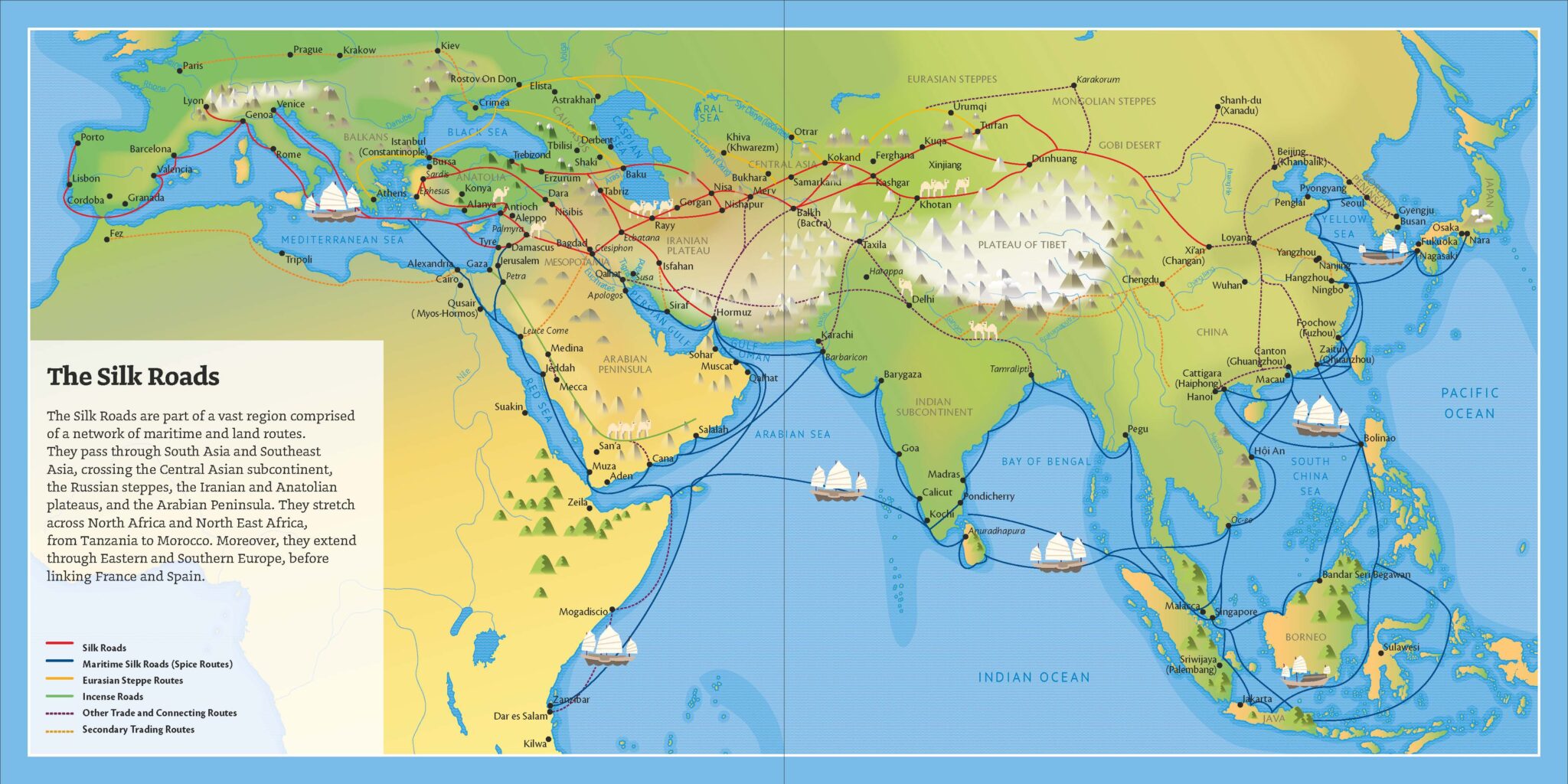
Quanzhou was one of the most important Chinese ports along the historic Maritime Silk Roads that connected Southeast Asia, China, the Indian subcontinent, the Arabian peninsula, Somalia, Egypt and Europe. It began in the 2nd century BCE and flourished until the 15th century CE.
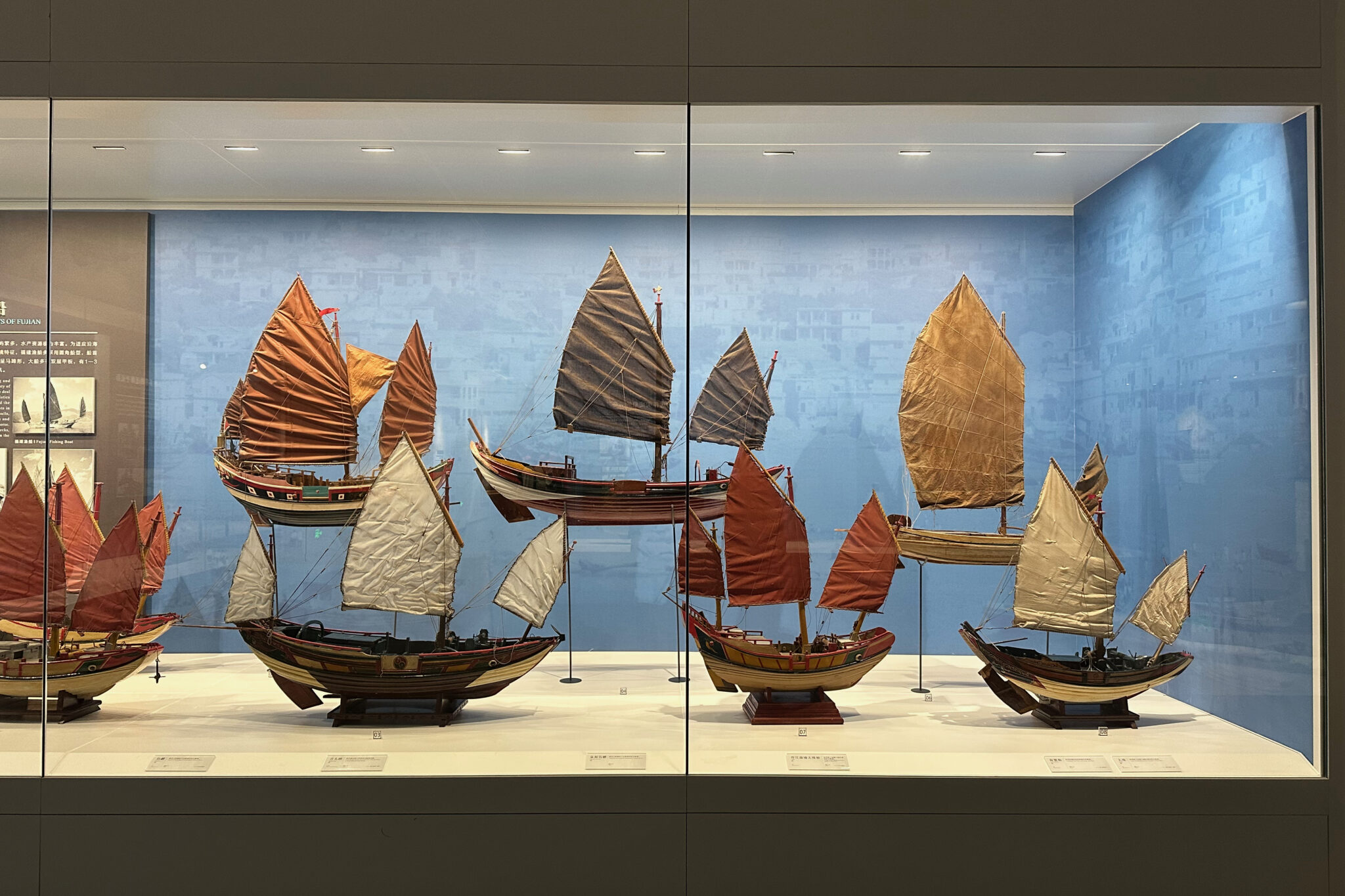
Known as Zayton (or Zaitun) by traders arriving from the Arab world, Quanzhou welcomed sailors and travellers from many different cultures and religions as they traversed these routes. The port went on to become the largest in eastern China during the Song dynasty (960—1279) and Yuan dynasty (1271—1368).
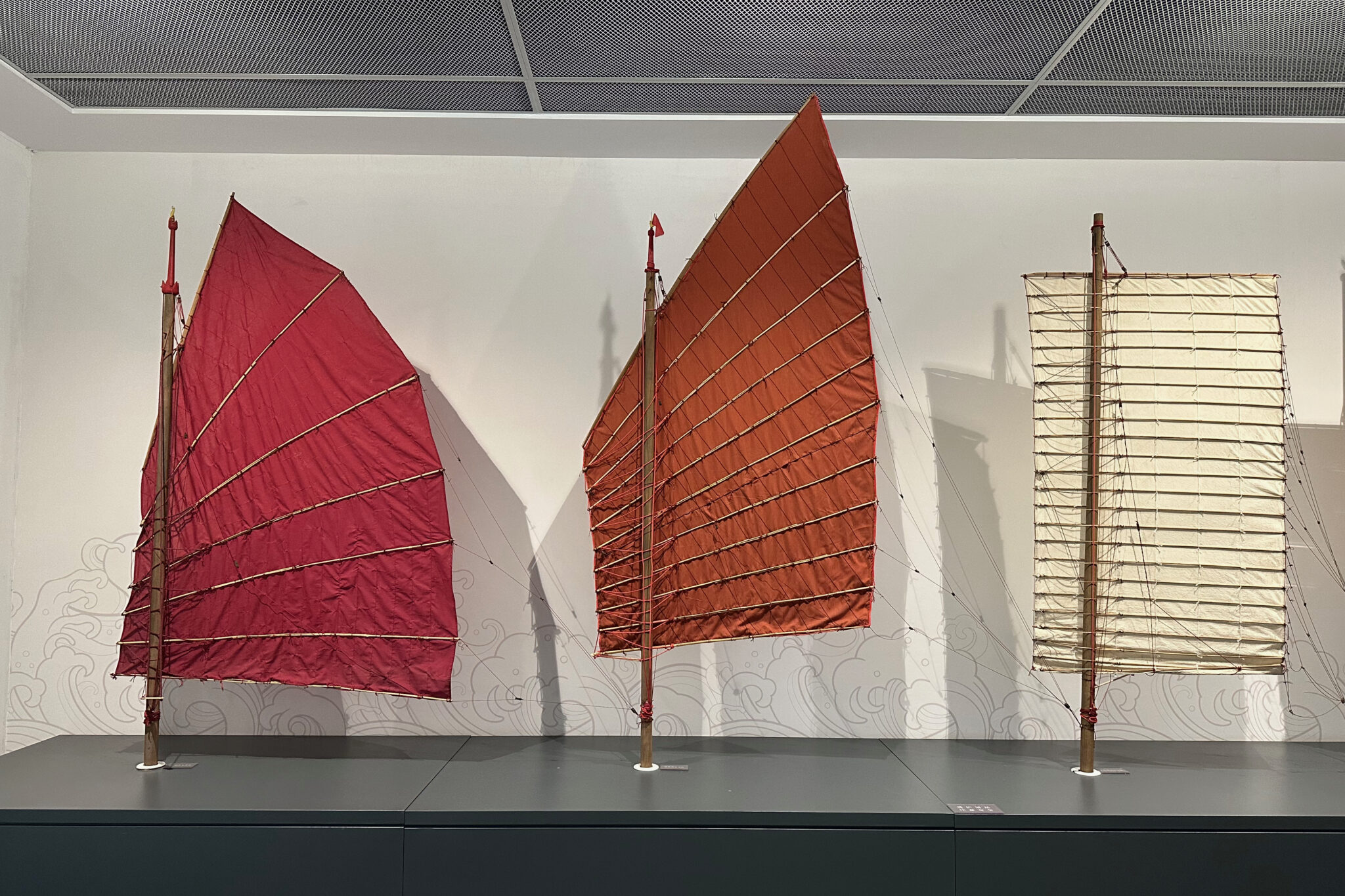
A number of famous medieval explorers, such as Marco Polo (1254—1324) and Ibn Battuta (1304—1369), visited Quanzhou and wrote descriptions of the port as one of the biggest harbours in the world, with ships of all sizes and provenances docking and setting sail, and a vibrant market in which merchants from across many different regions exchanged their wares.
At this city you must know is the Haven of Zayton, frequented by all the ships of India, which bring thither spicery and all other kinds of costly wares… I assure you that for one shipload of pepper that goes to Alexandria or elsewhere, destined for Christendom, there come a hundred such, aye and more too, to this haven of Zayton; for it is one of the two greatest havens in the world for commerce.”
Marco Polo
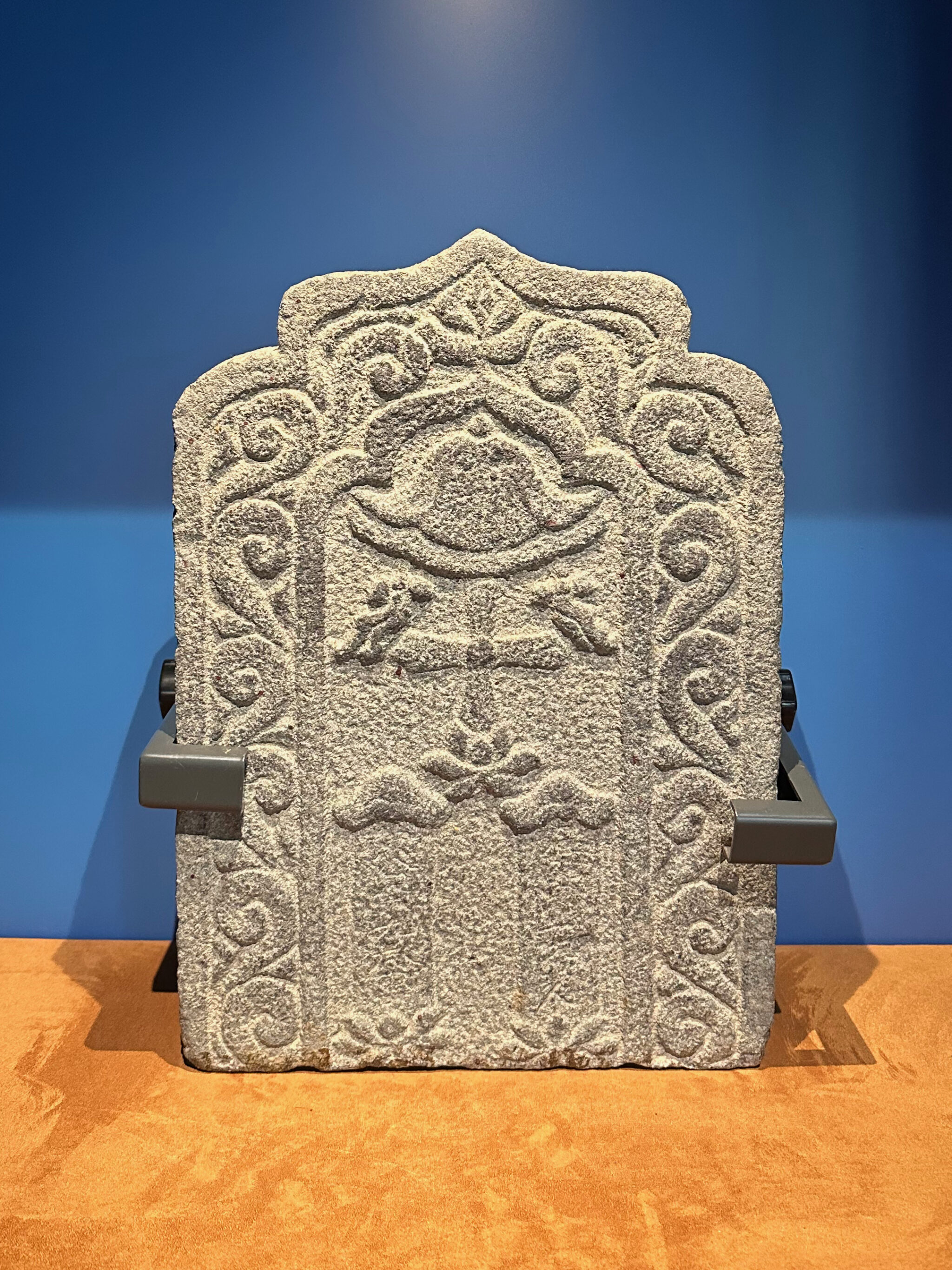
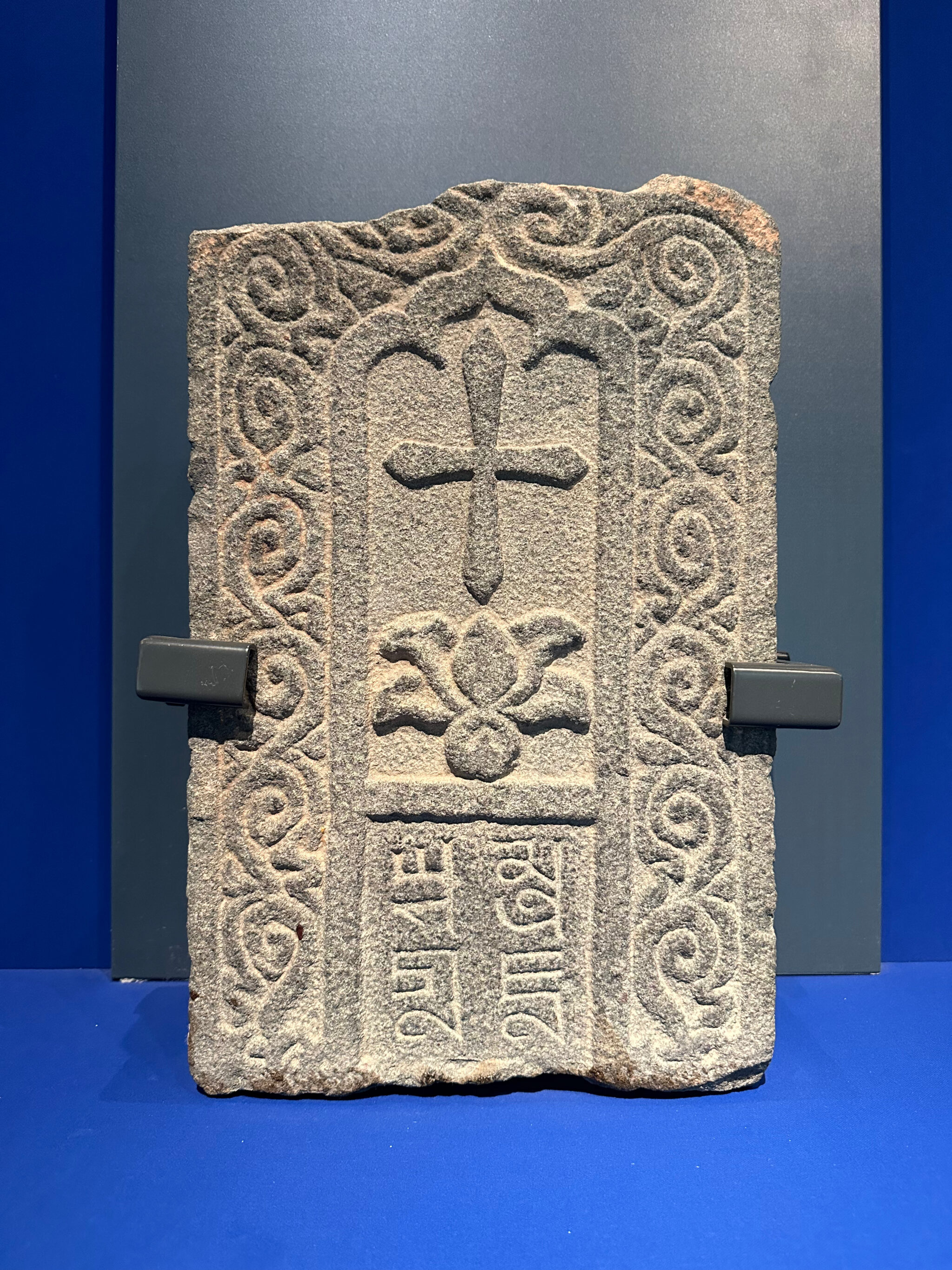
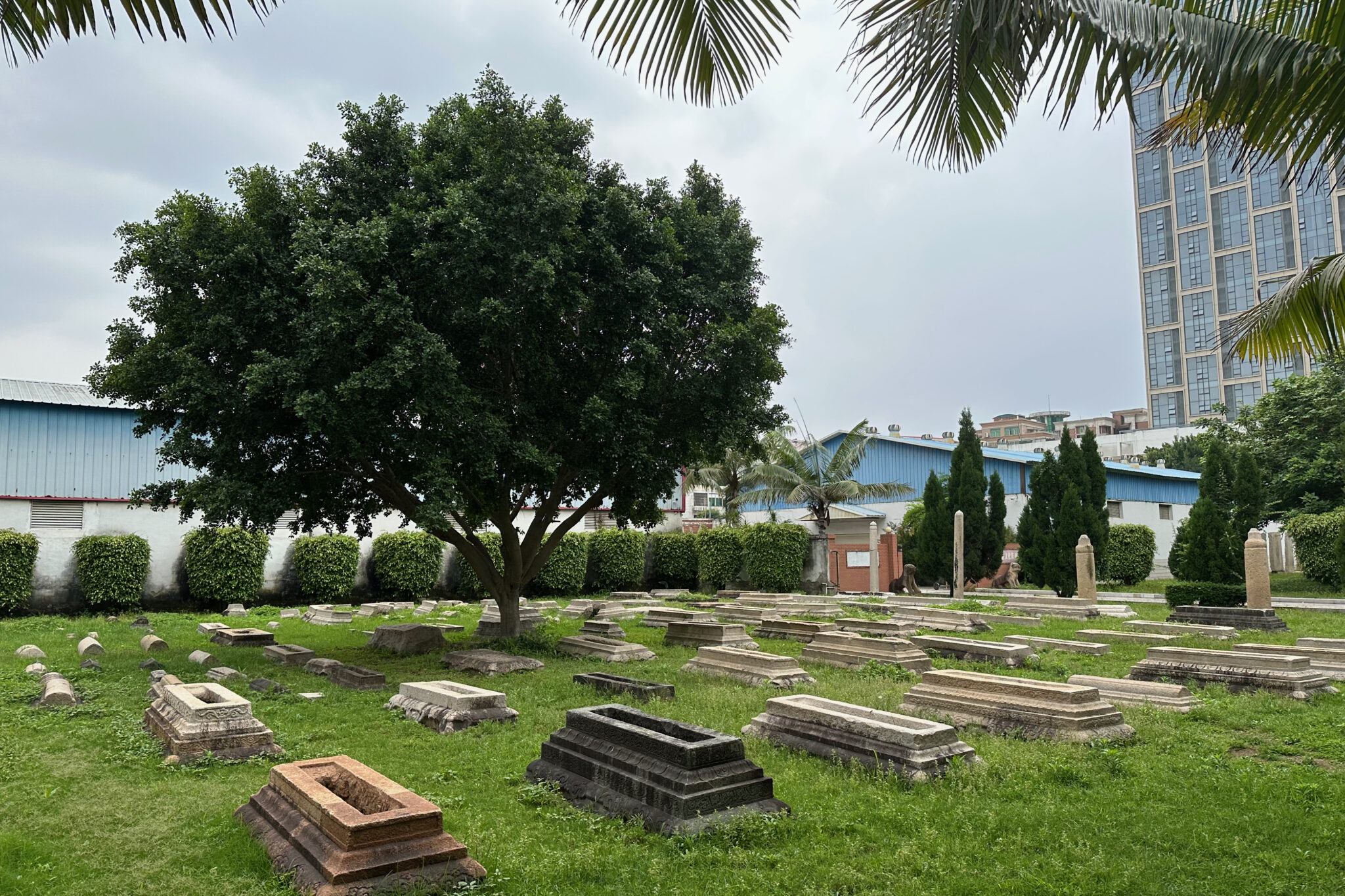
Sailors, merchants and explorers came together in Quanzhou from across the world, and their continual presence in the city contributed to the development of a cosmopolitan coexistence between the many different ethnic and religious groups in the town, including Buddhists, Hindus, Taoists, Nestorians, Manichaeans, Jews, Catholics and Muslims.
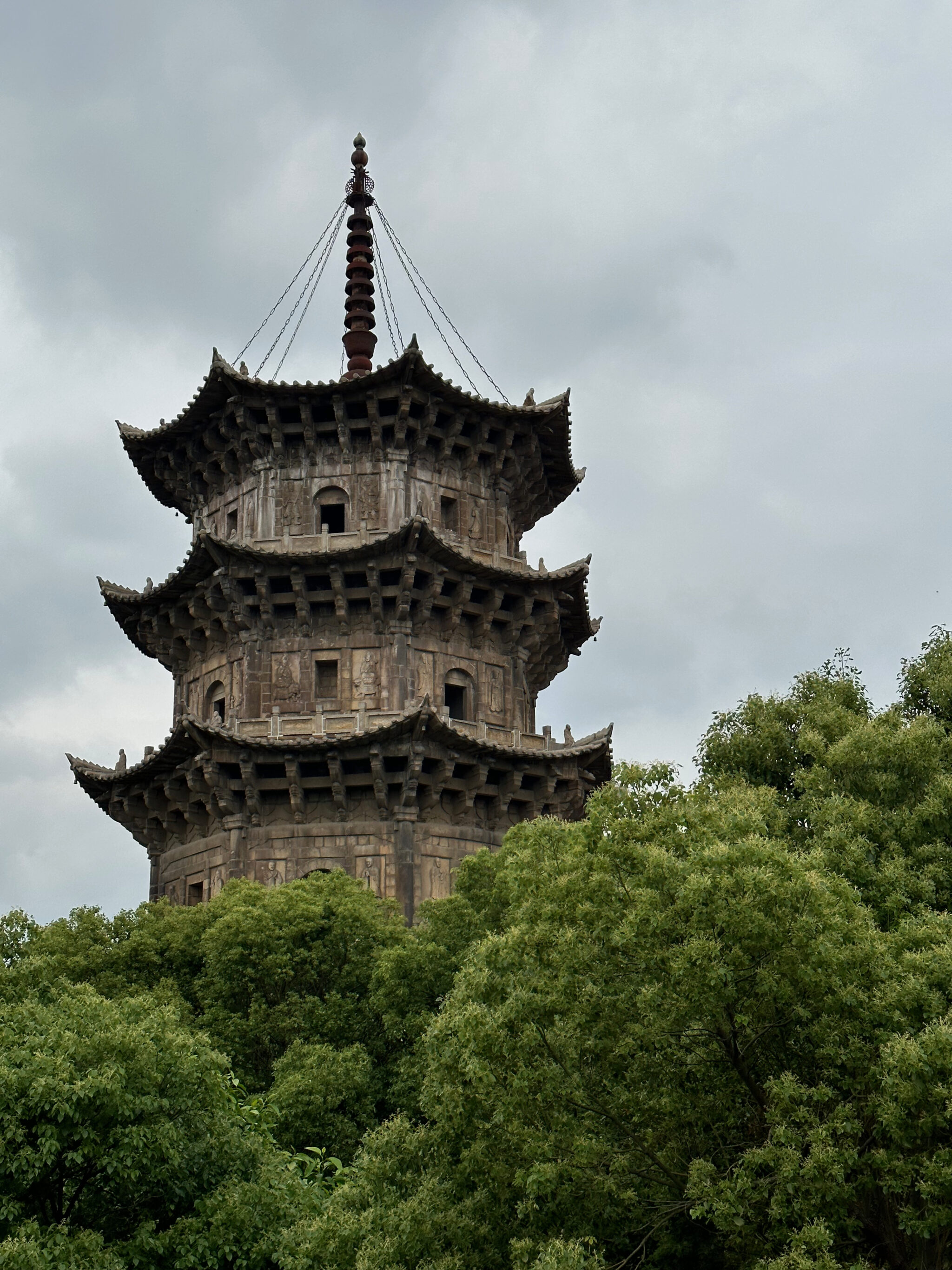
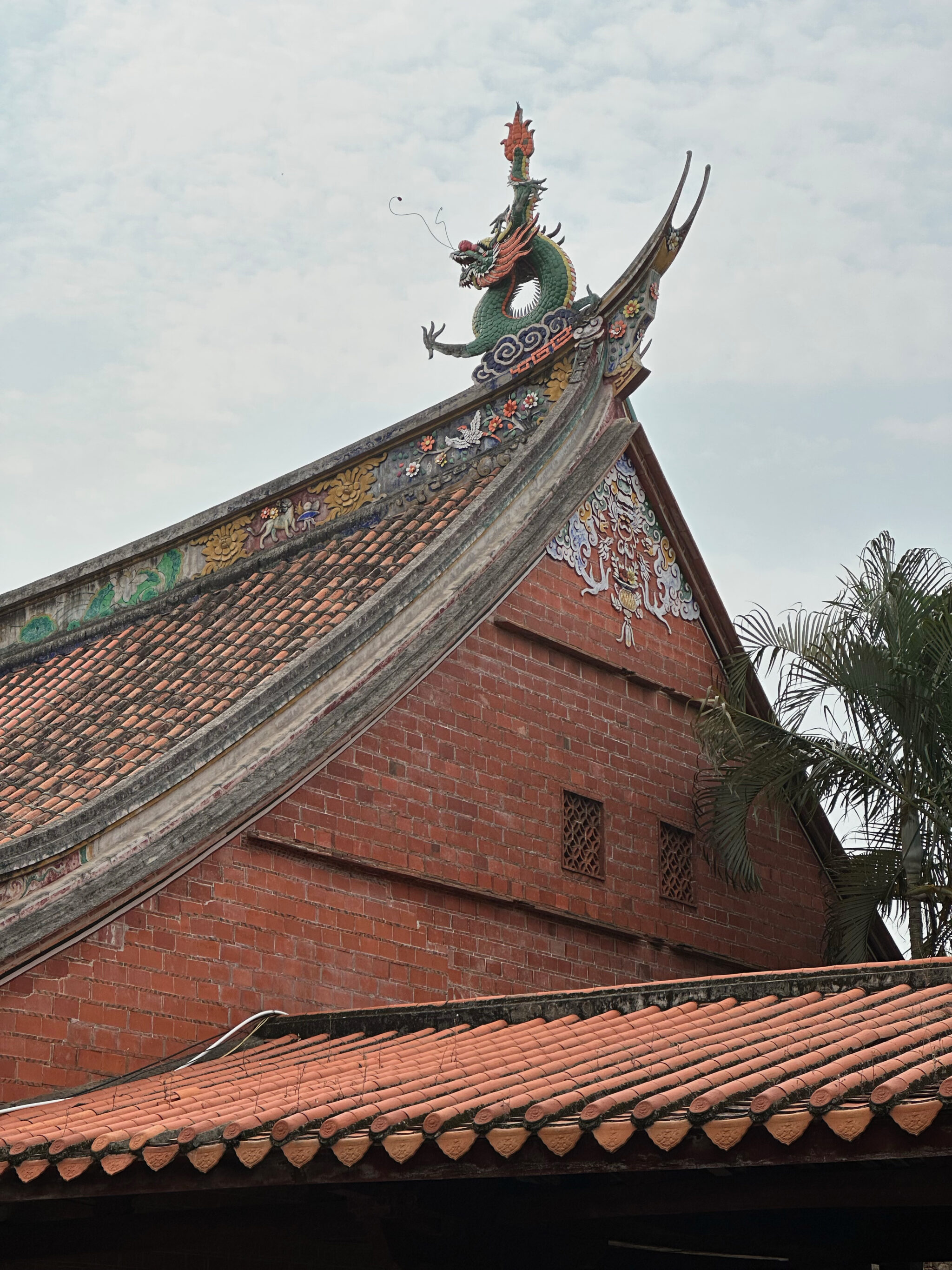
It was fascinating to find a city in China filled with such a diverse array of historic religious sites and monuments. The Kaiyuan Temple (开元寺), with its twin pagoda towers, is one of the oldest Buddhist temples in China.
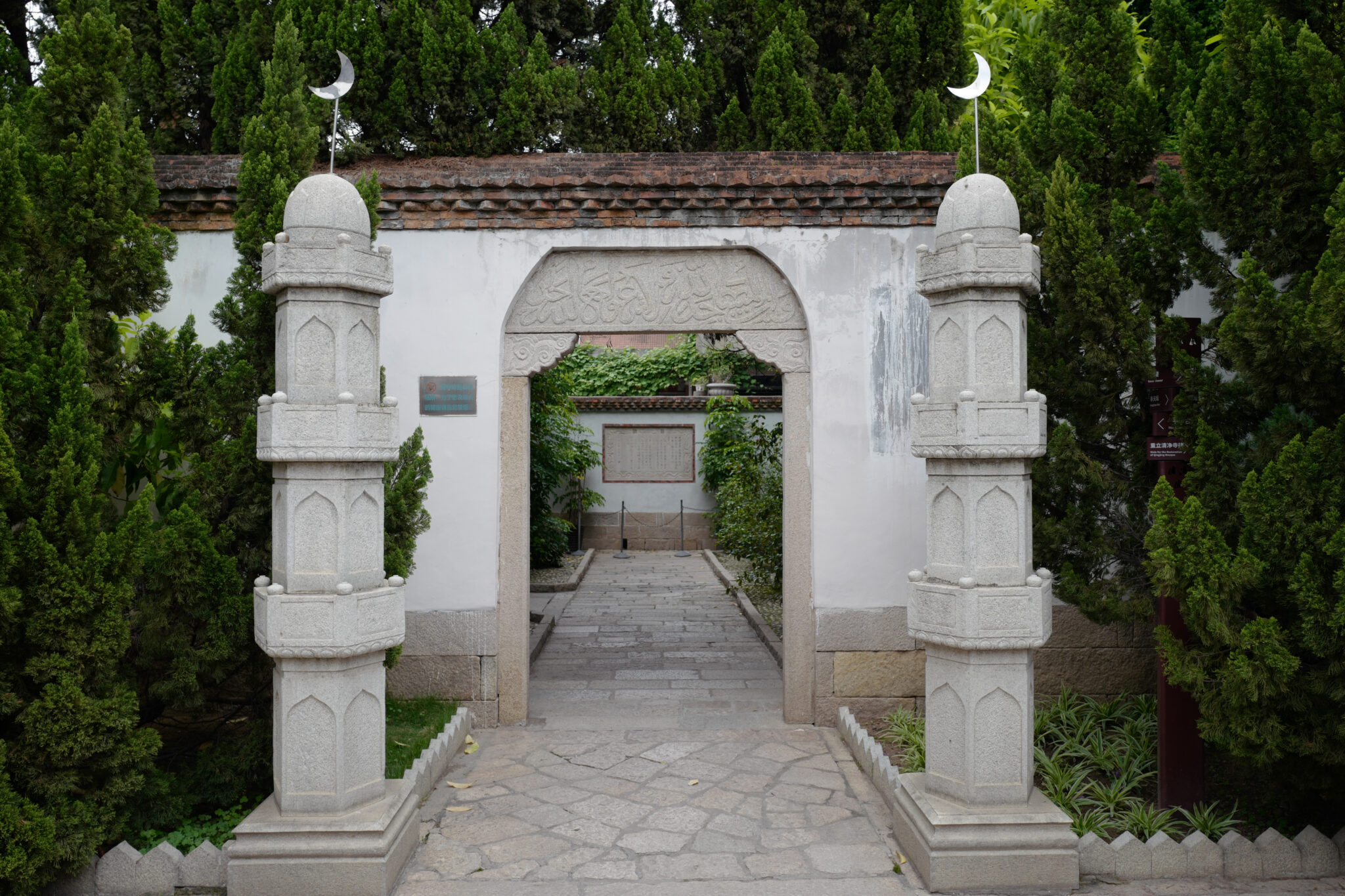
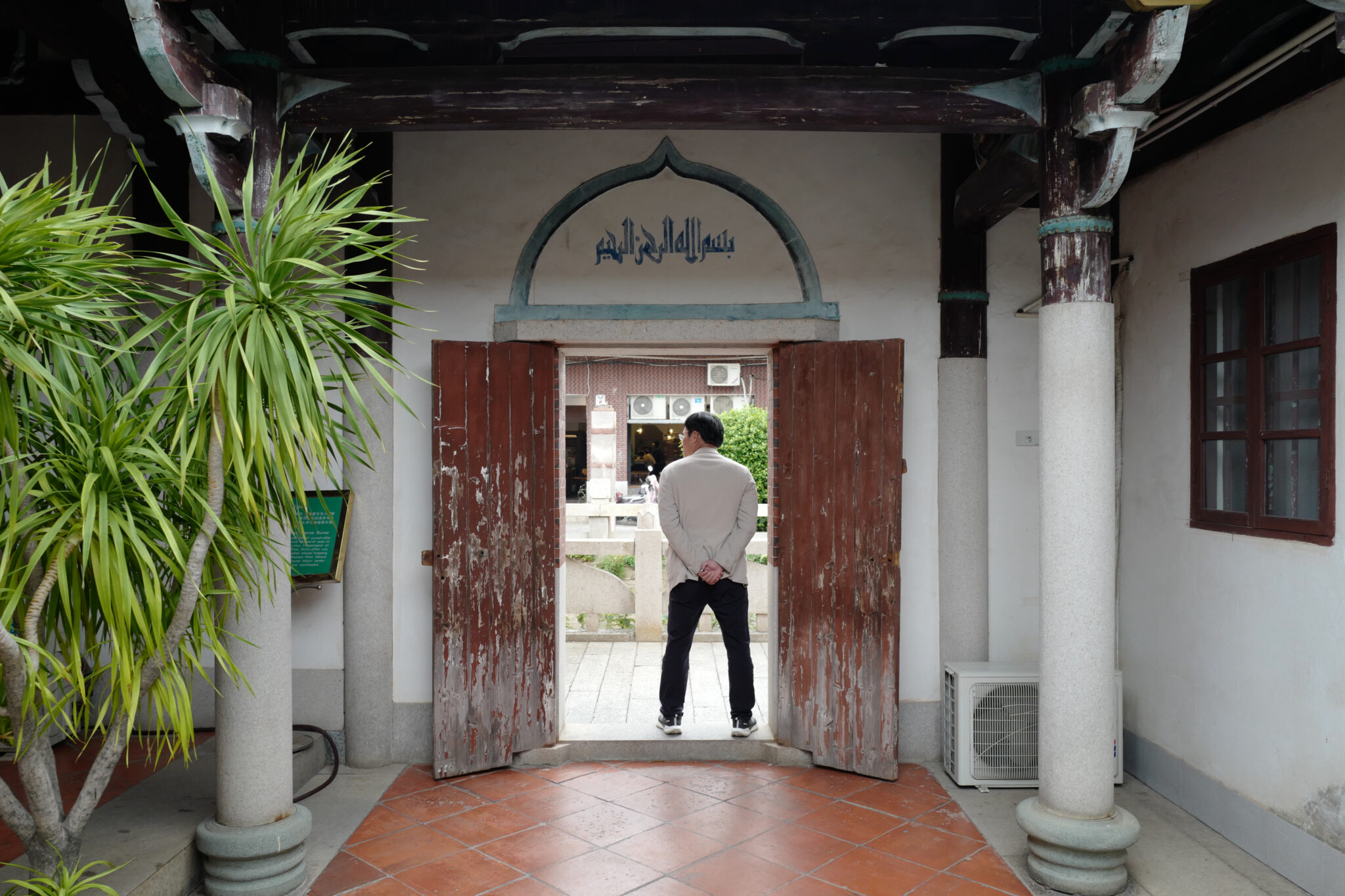
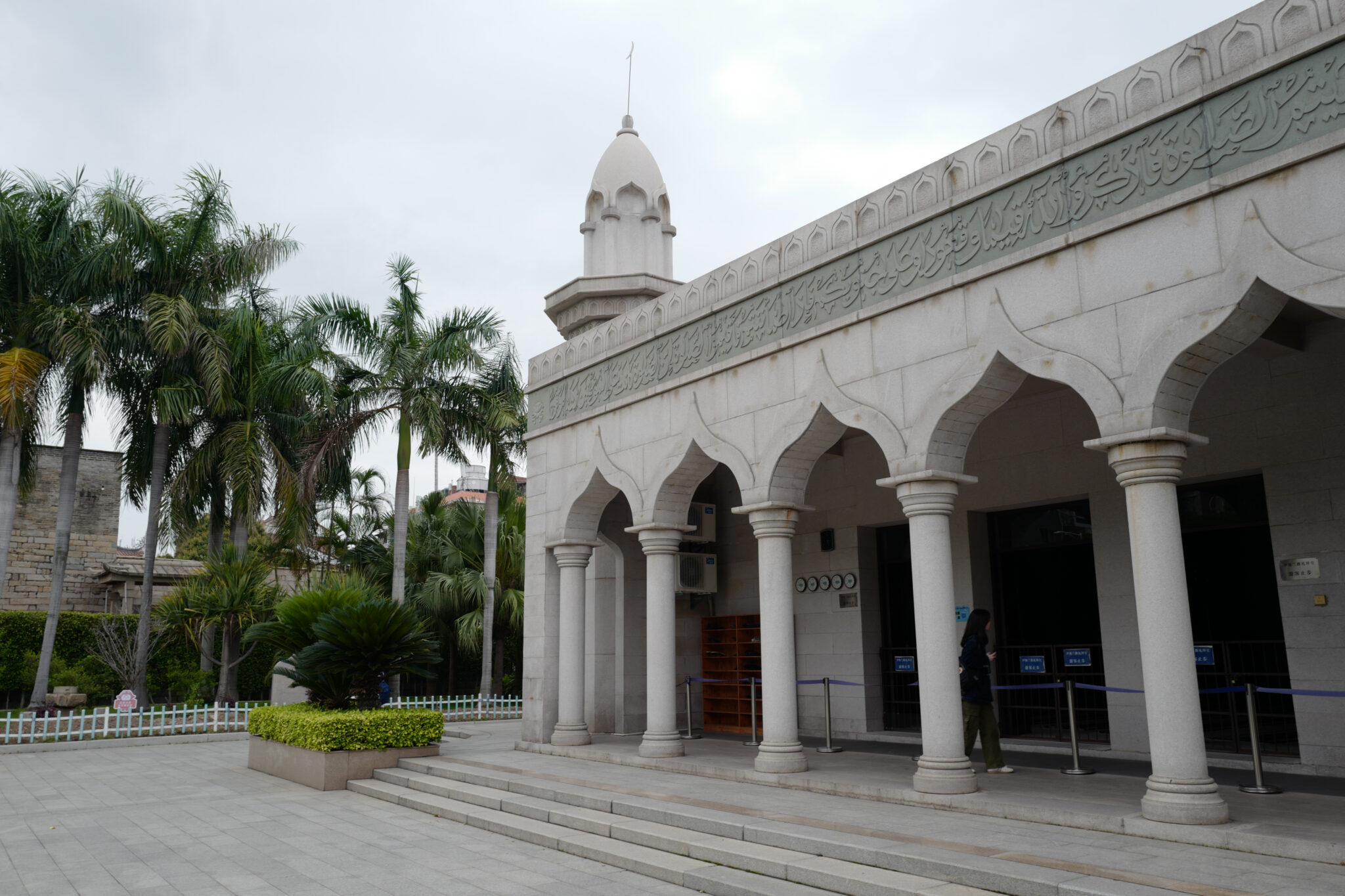
Constructed in 1009, the Qingjing Mosque (清净寺) is China’s oldest mosque and stands as a witness to the long-lasting interaction between Quanzhou and the Arab-Islamic world. In 2021, the mosque was inscribed on the UNESCO World Heritage List along with other sites in and around Quanzhou.
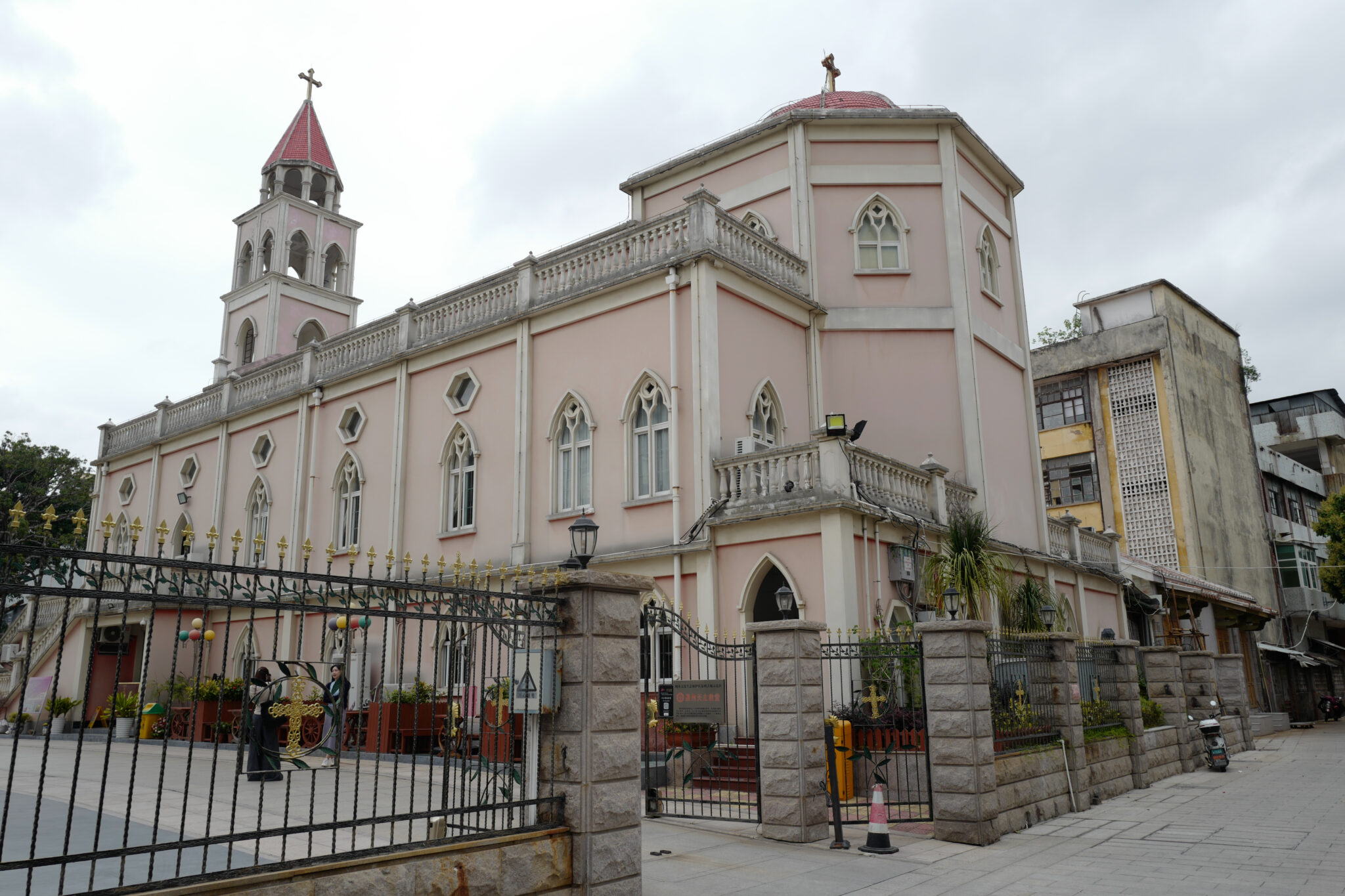
In the 1420s, there was a shift in power in Beijing; the emperor cut off all foreign expeditions, destroyed the records of previous voyages, and let the great ships rot. After this, Quanzhou declined considerably and over the centuries the harbour became partly clogged with silt.
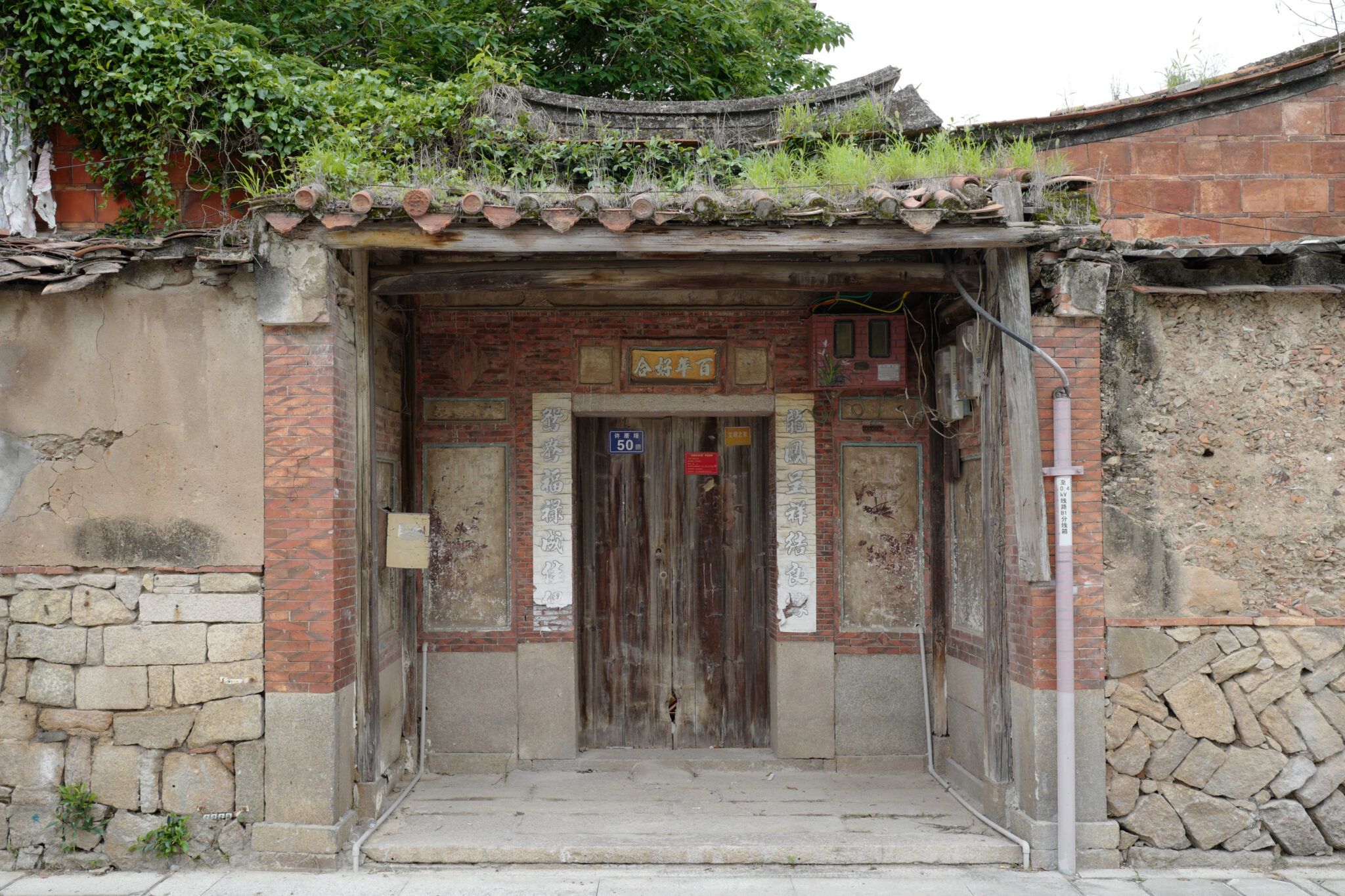
We spent a very pleasant day exploring the historic city centre which was overrun with interesting old buildings, alleyways, and tantalising doorways.
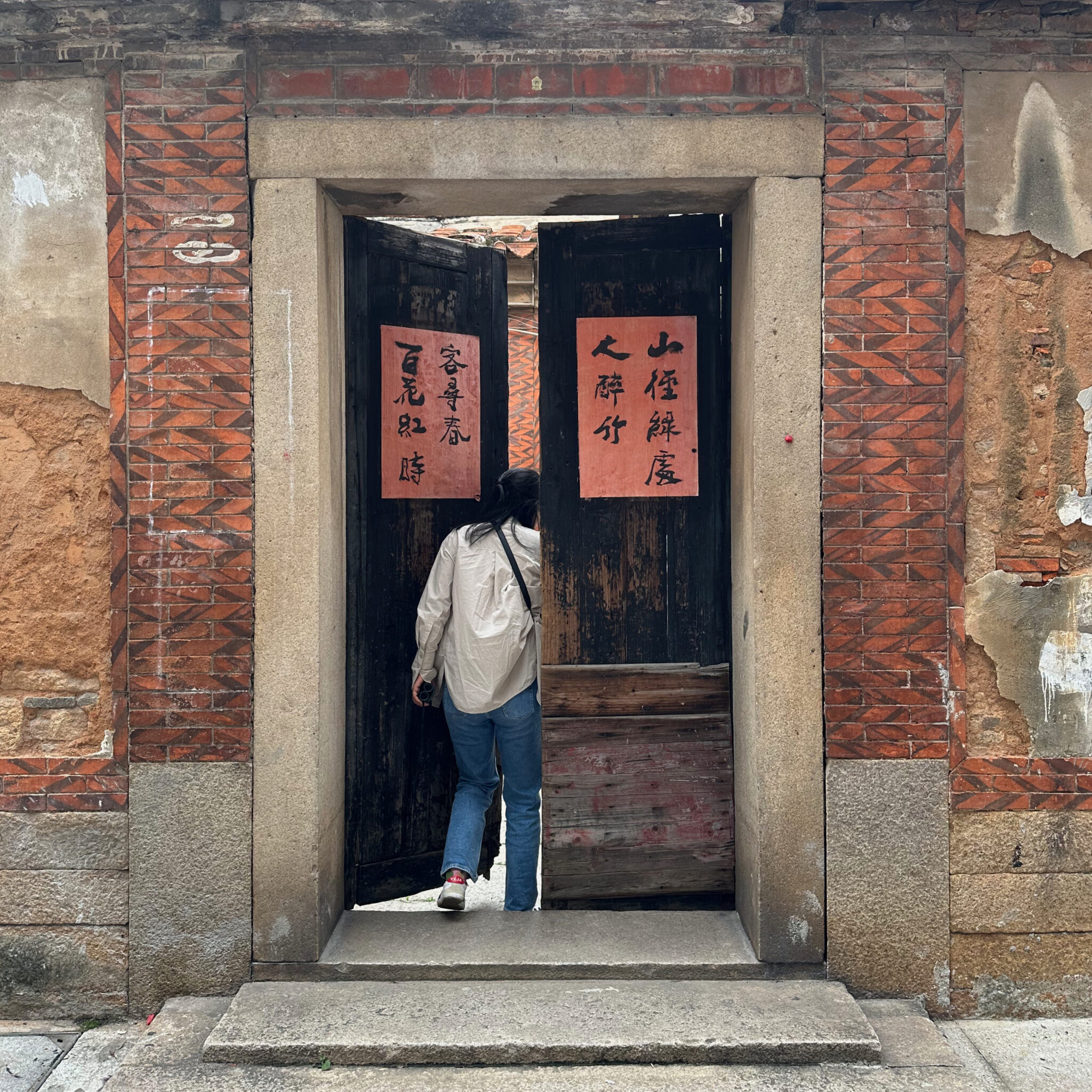
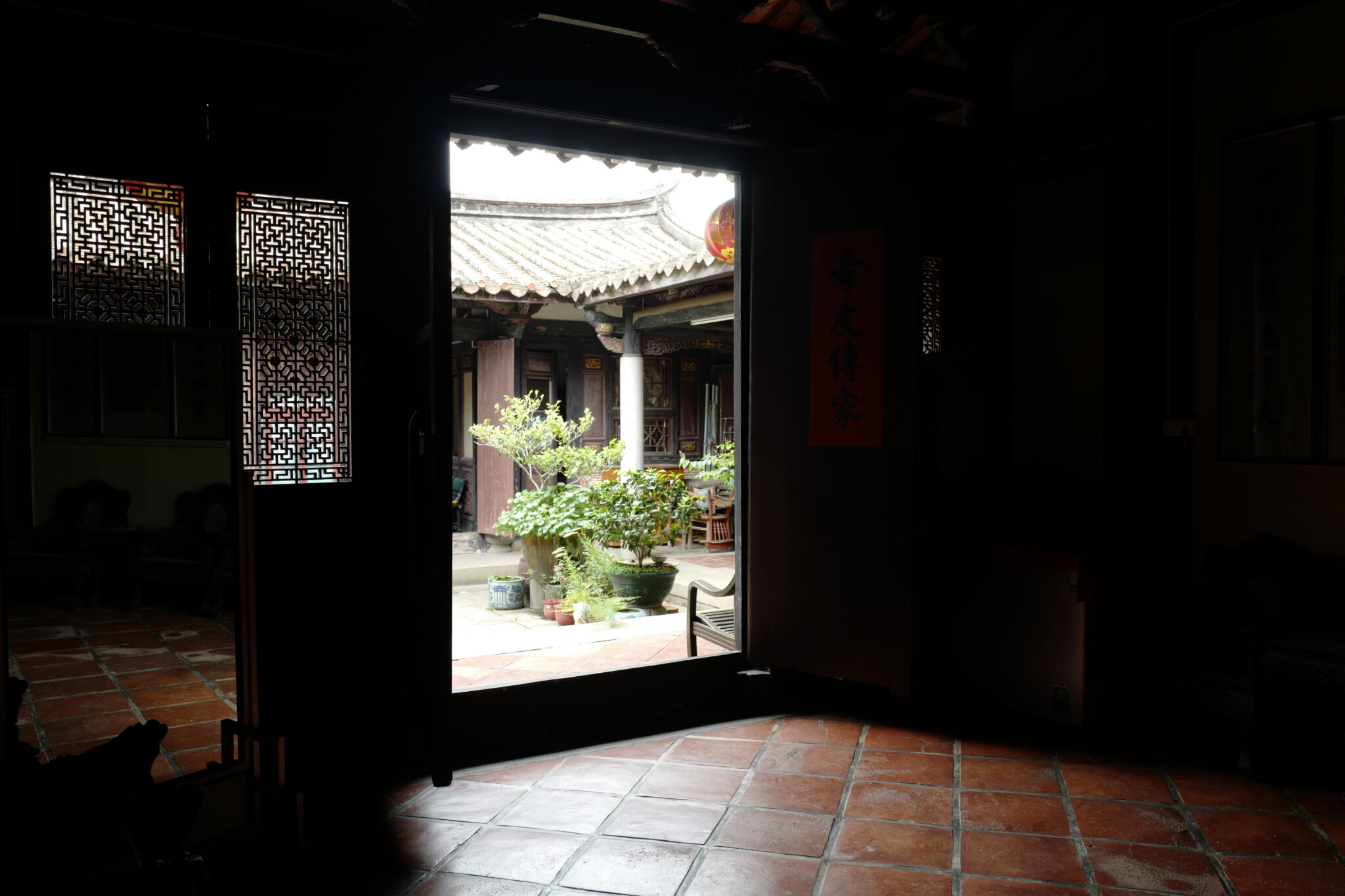
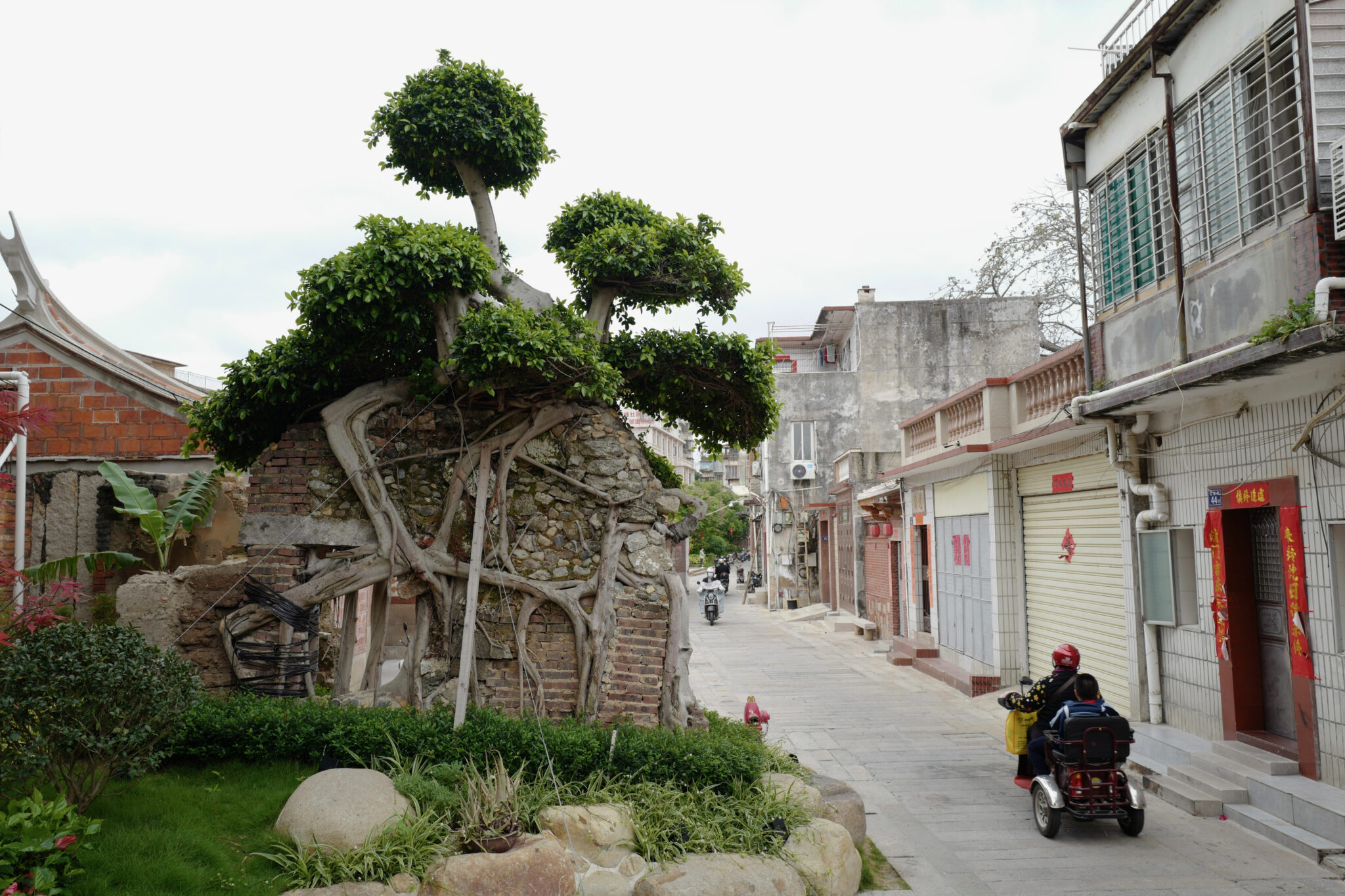
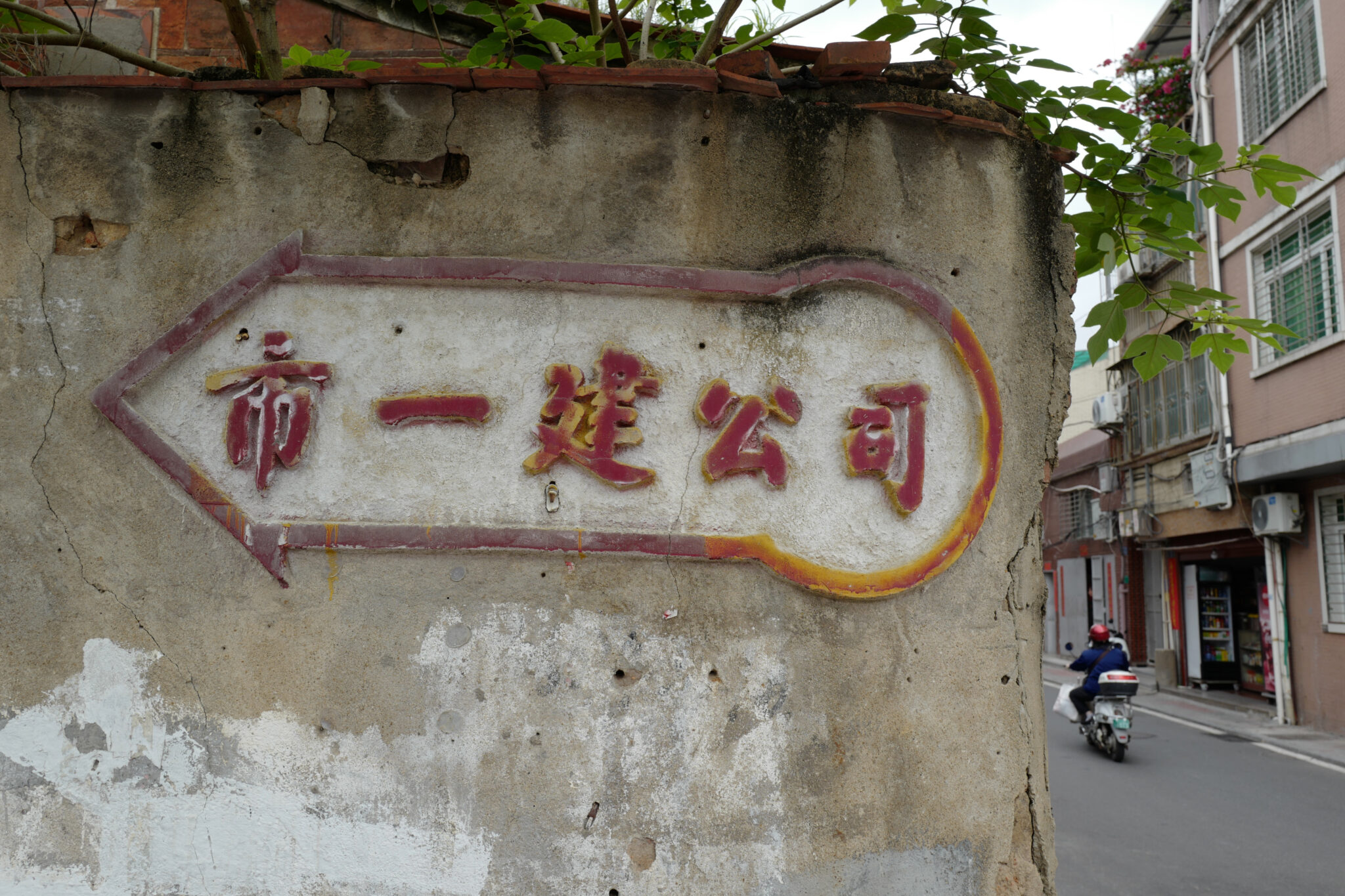
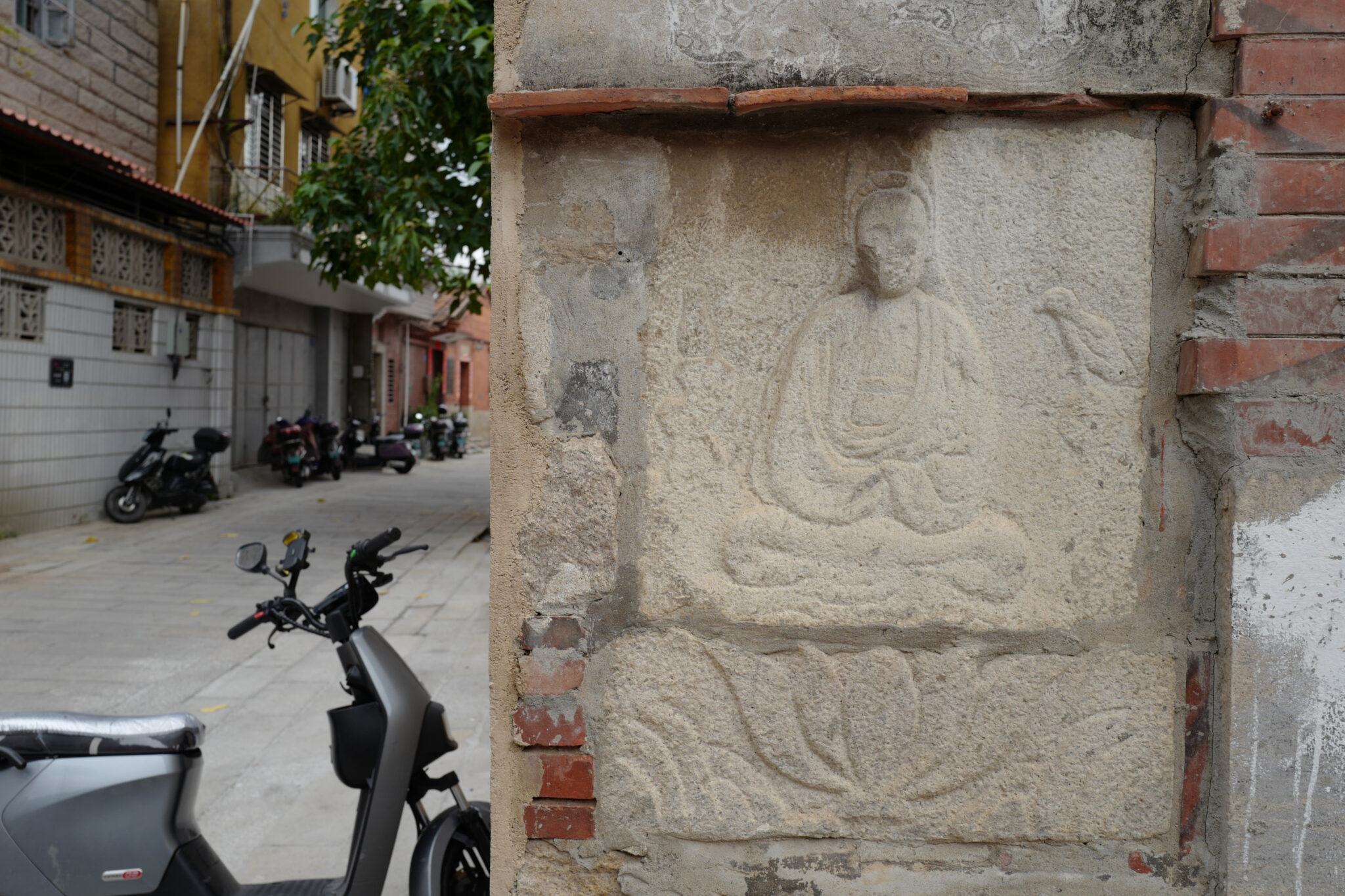
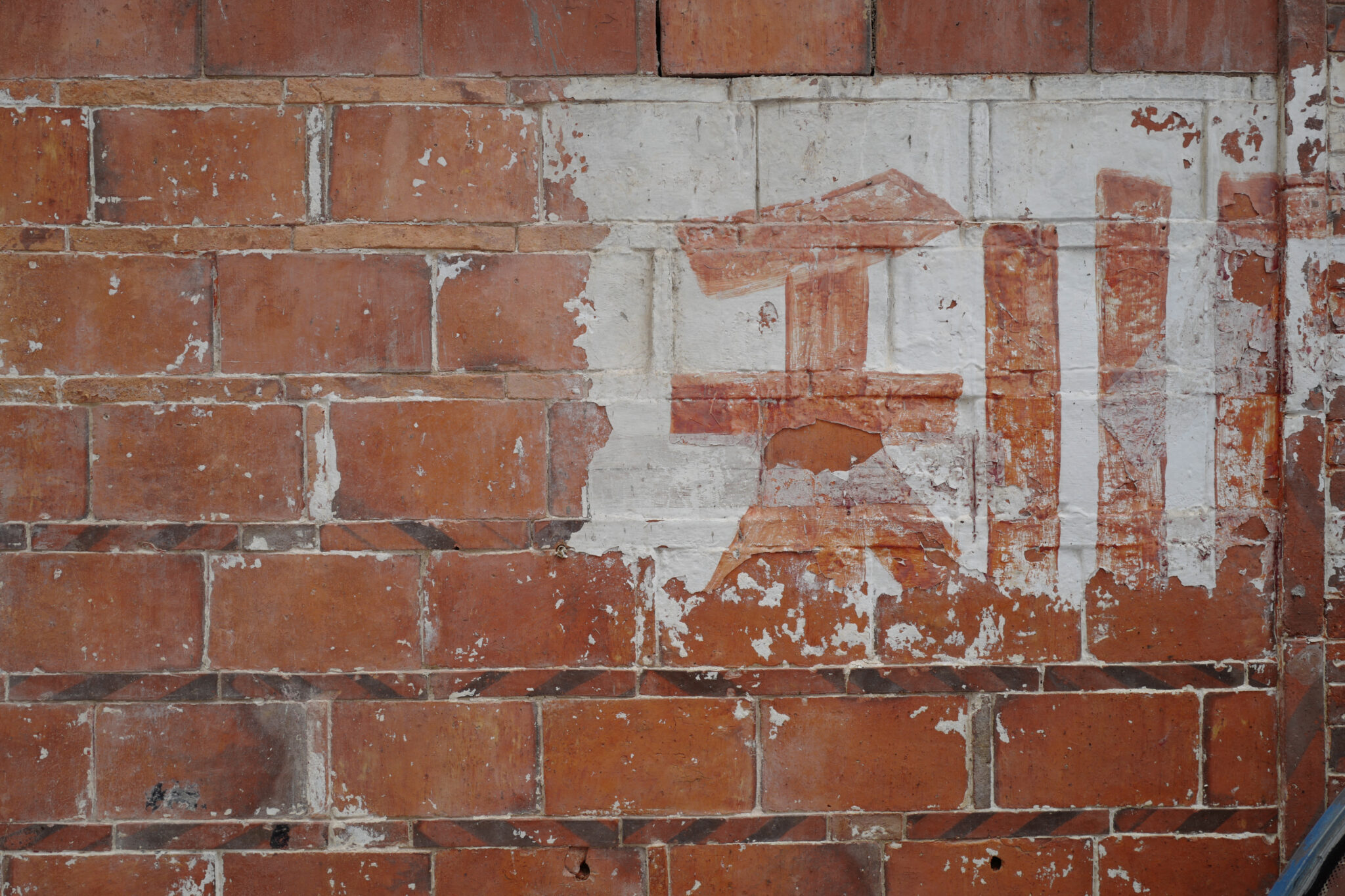
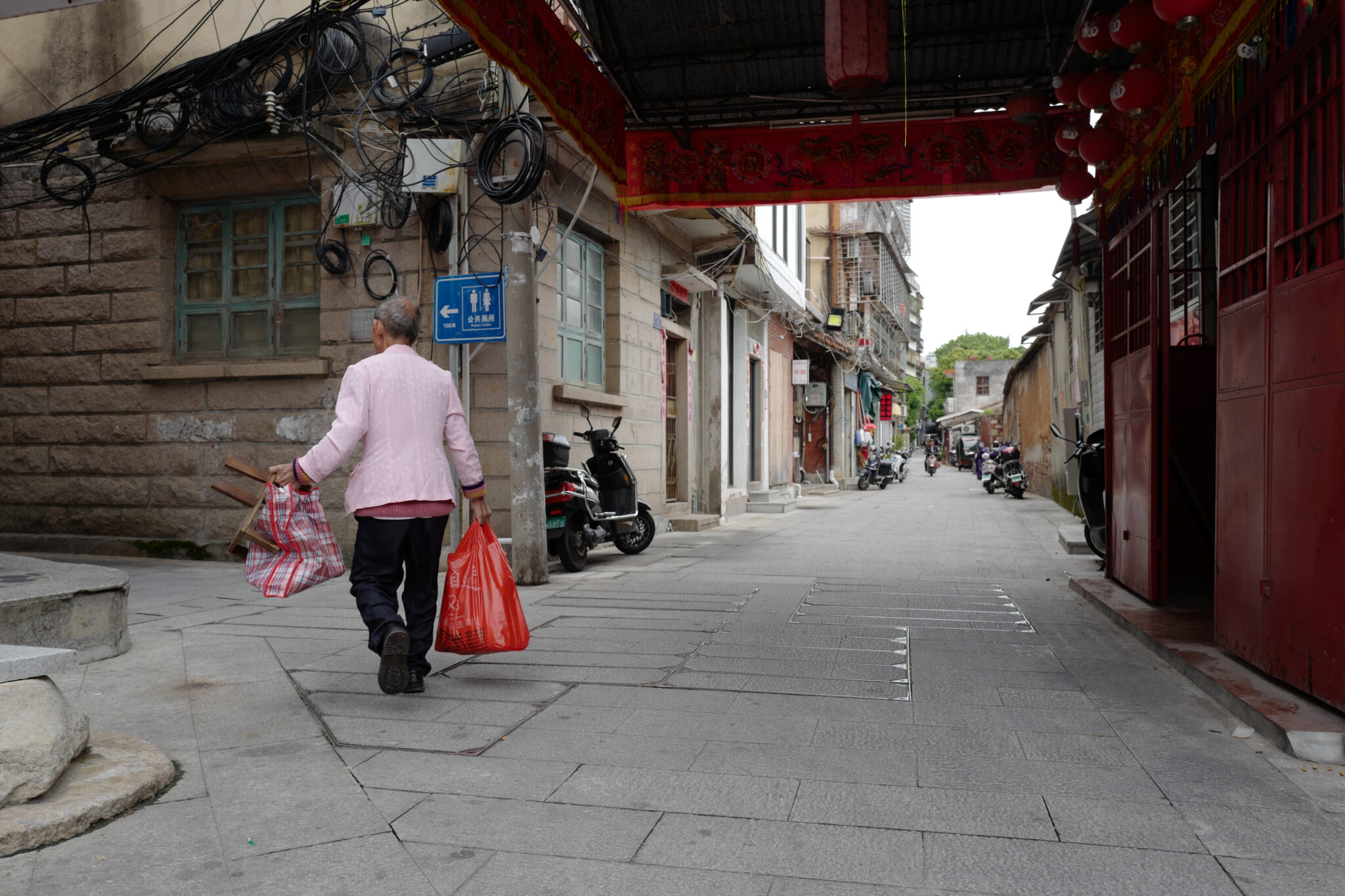
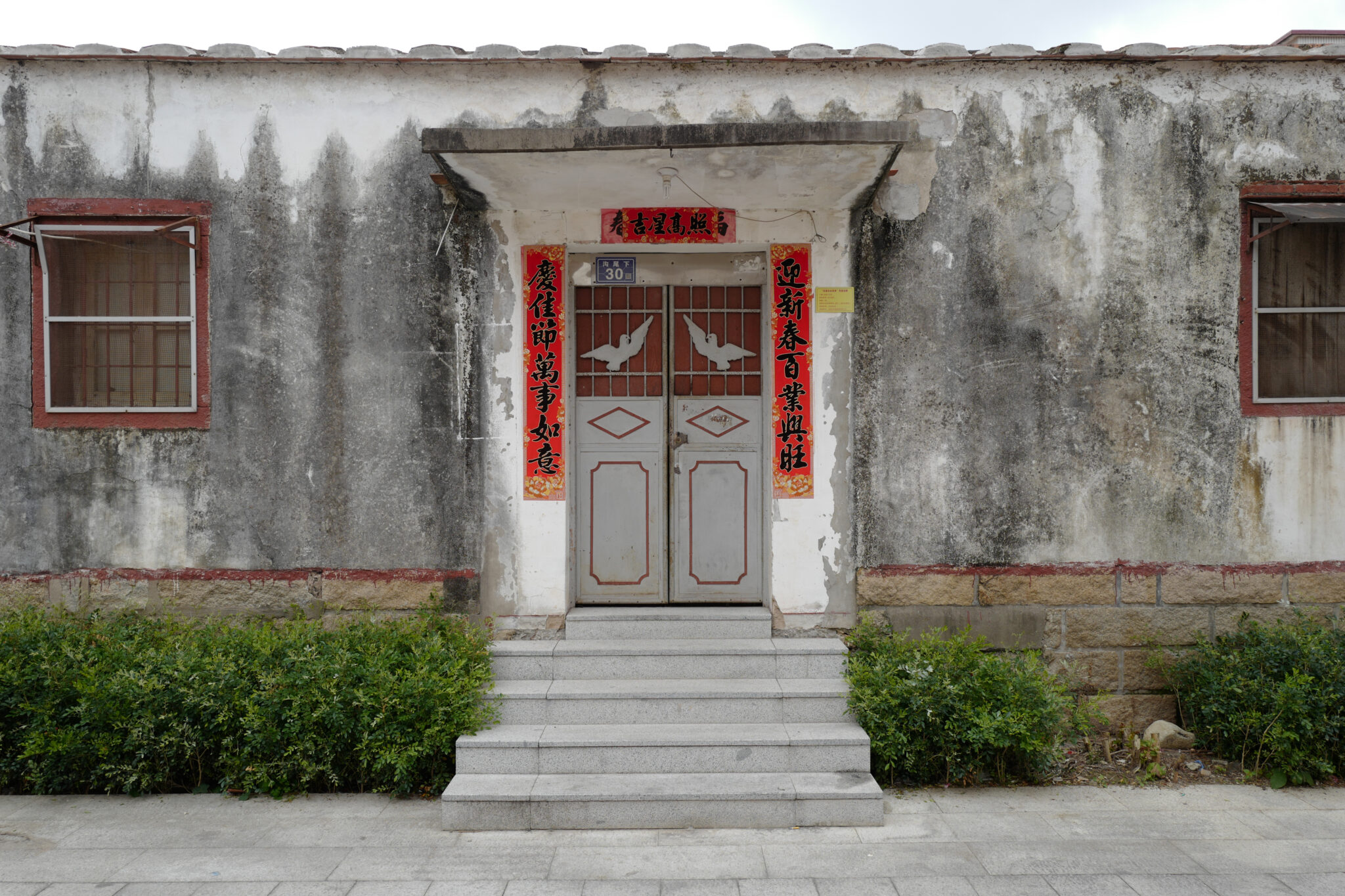

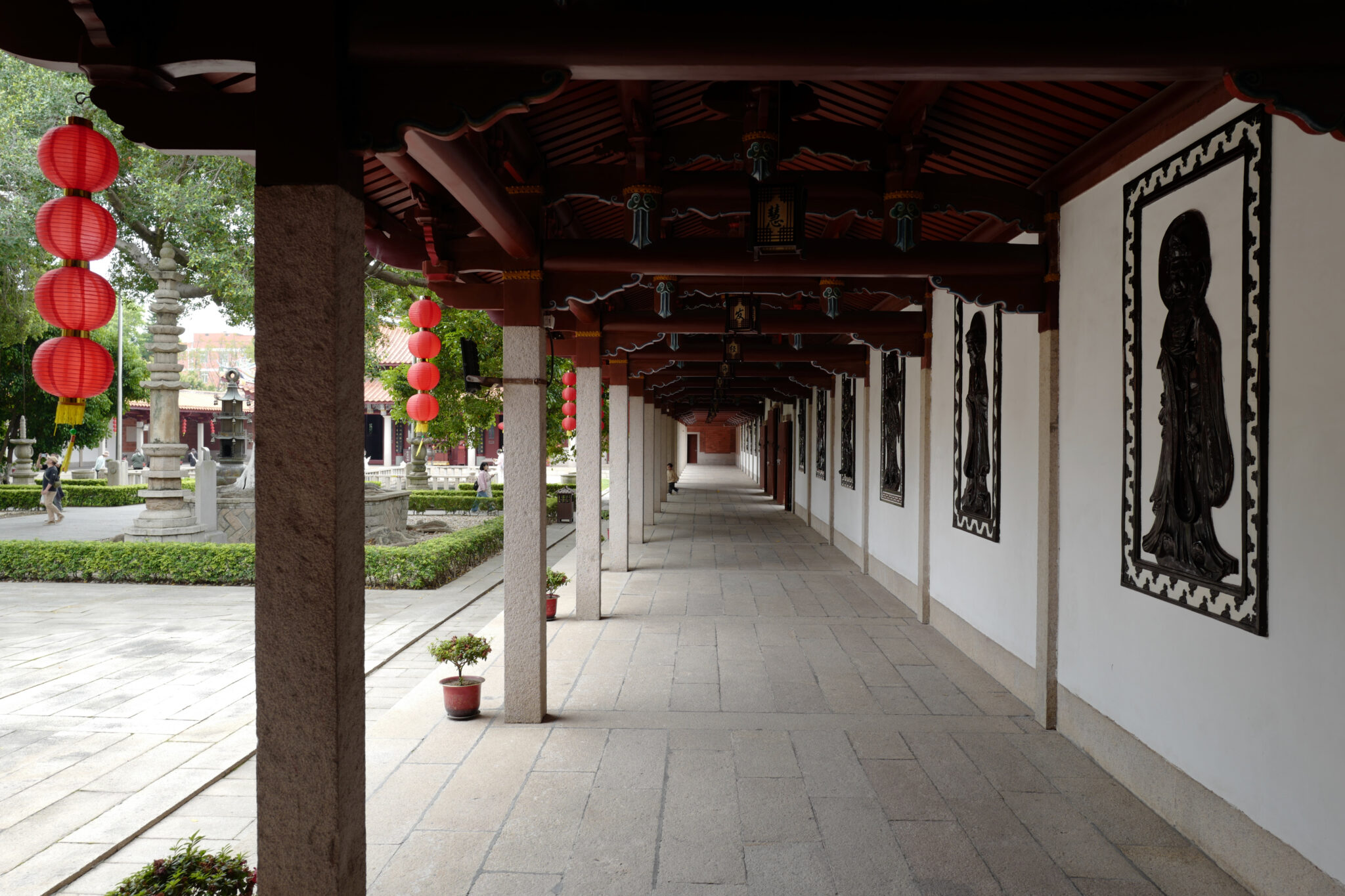
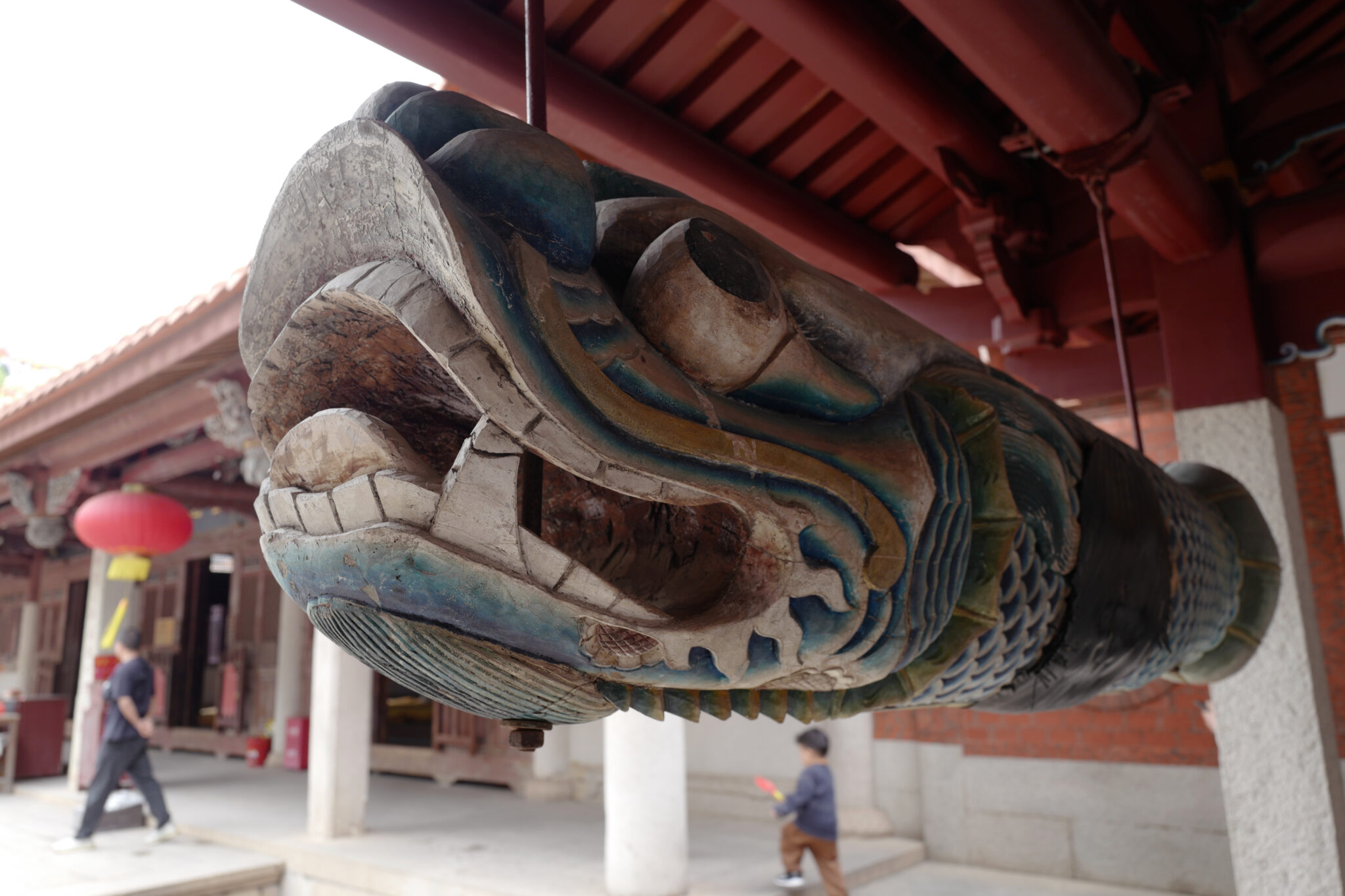
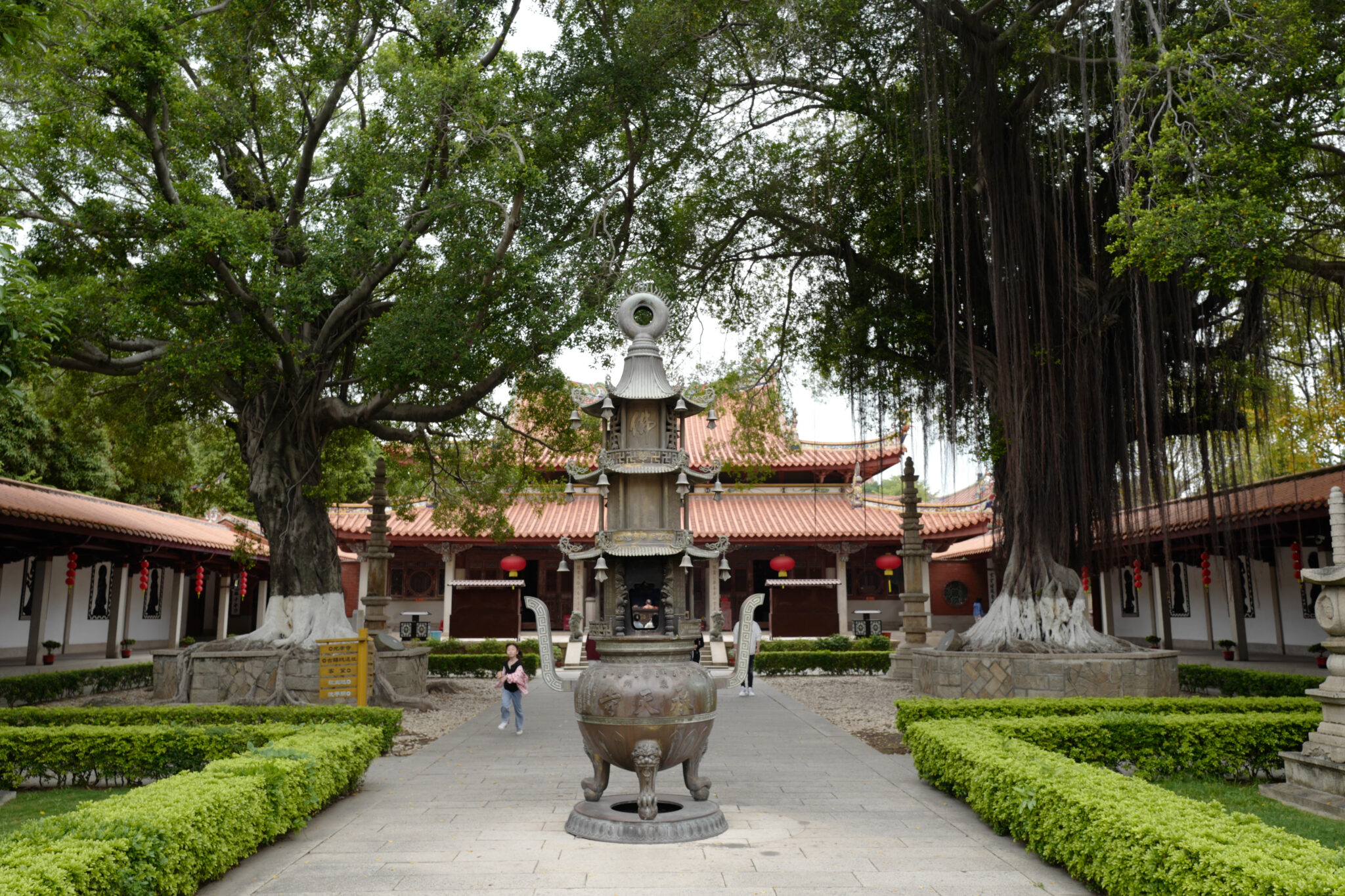
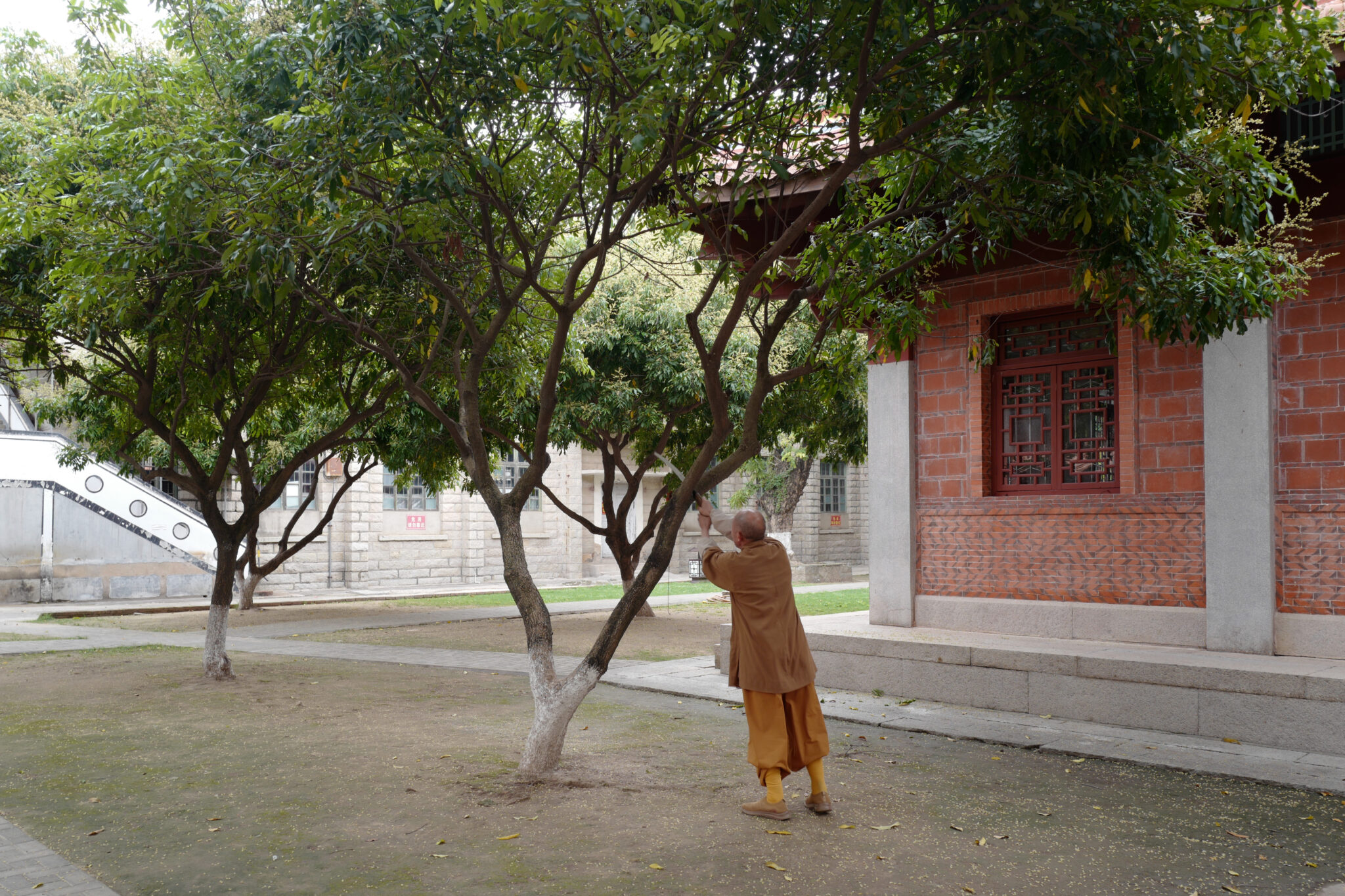
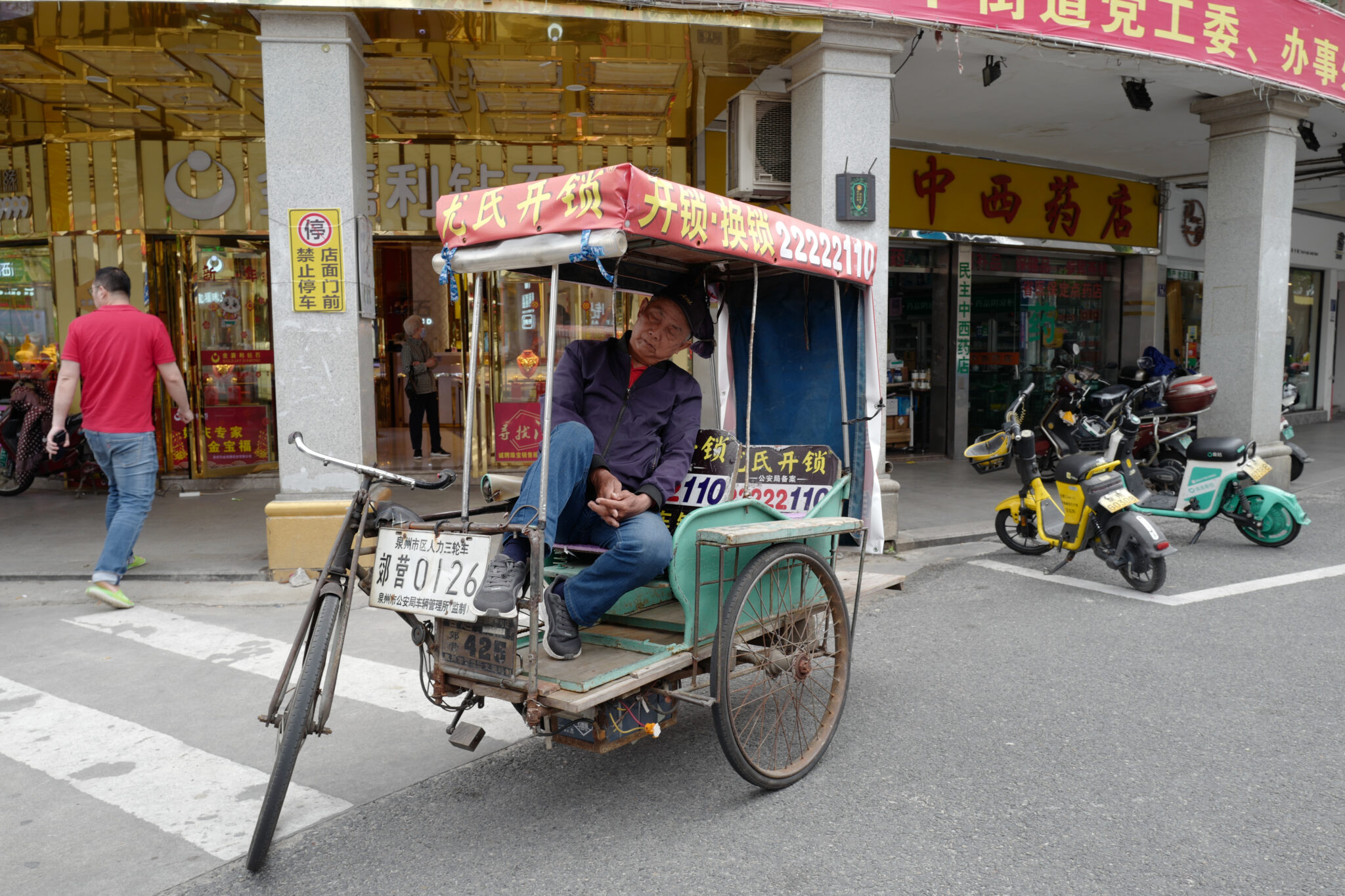
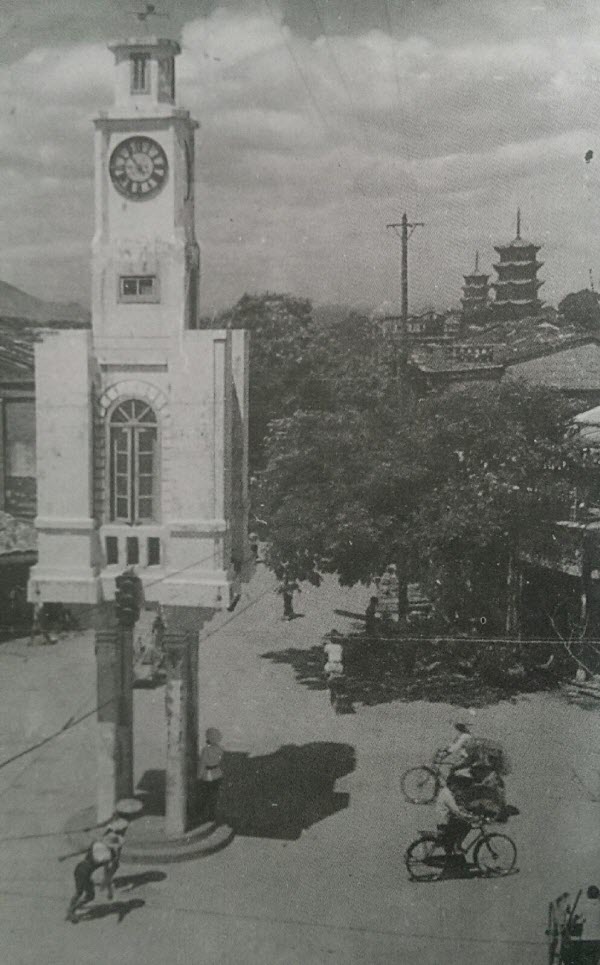
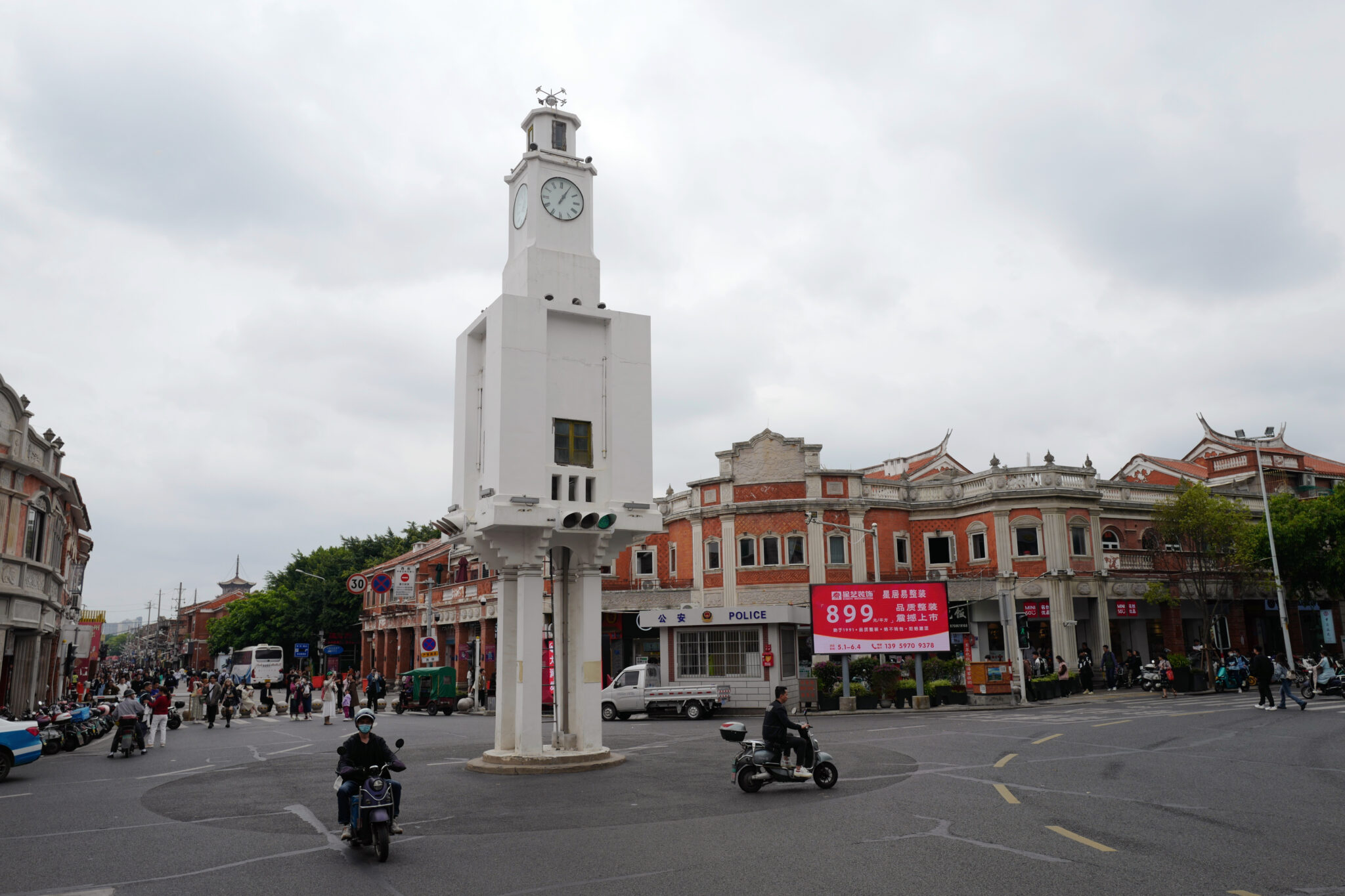
Located at an intersection on Zhongshan Road, the Zhonglou bell tower is a curious protrusion equipped with four circular clocks, a wind vane, and traffic lights. Built in 1934, it was designed by British architects and combined Western and Chinese elements. Bereft of its original windows it’s lost some of its charm perhaps.
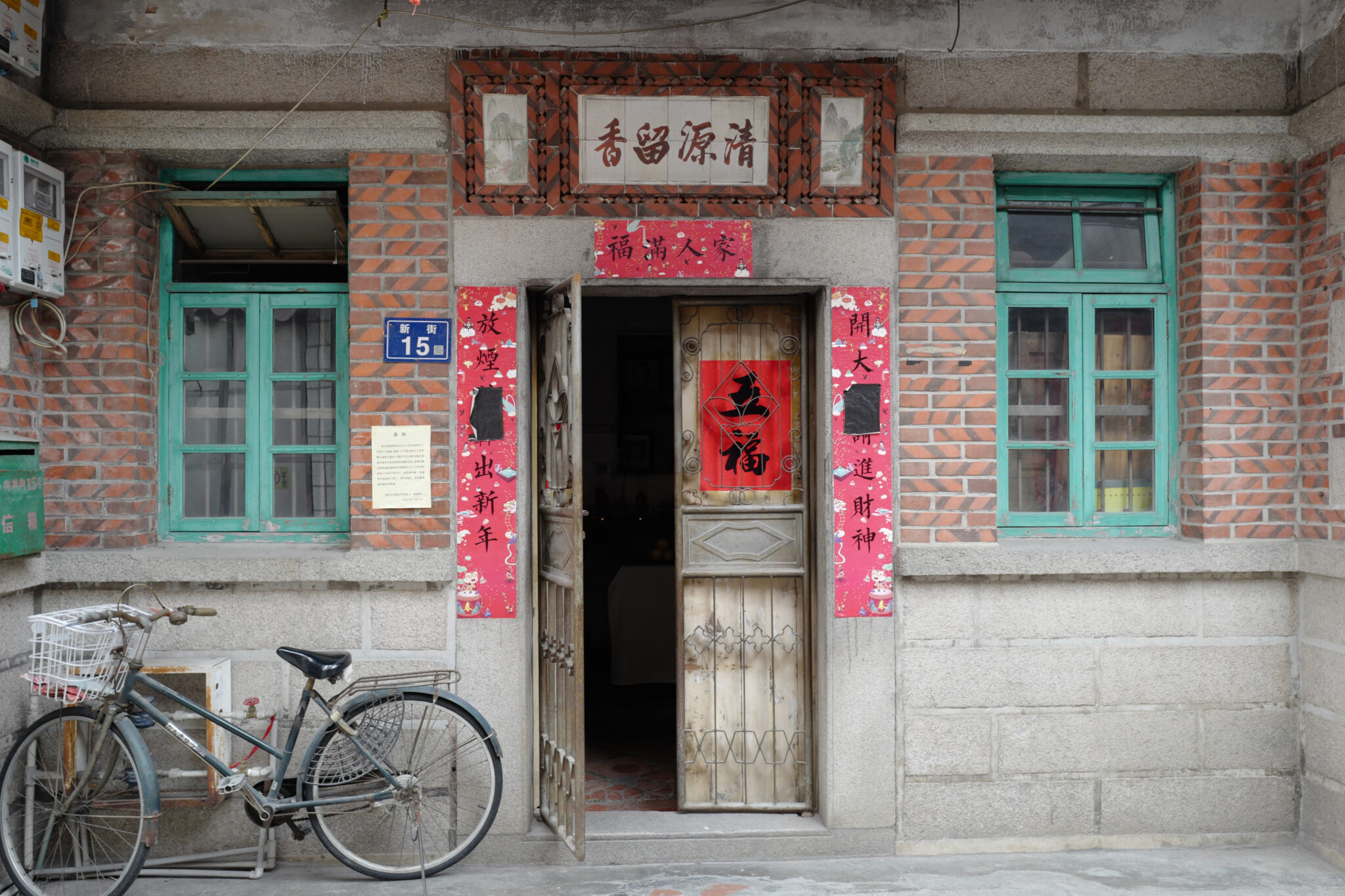
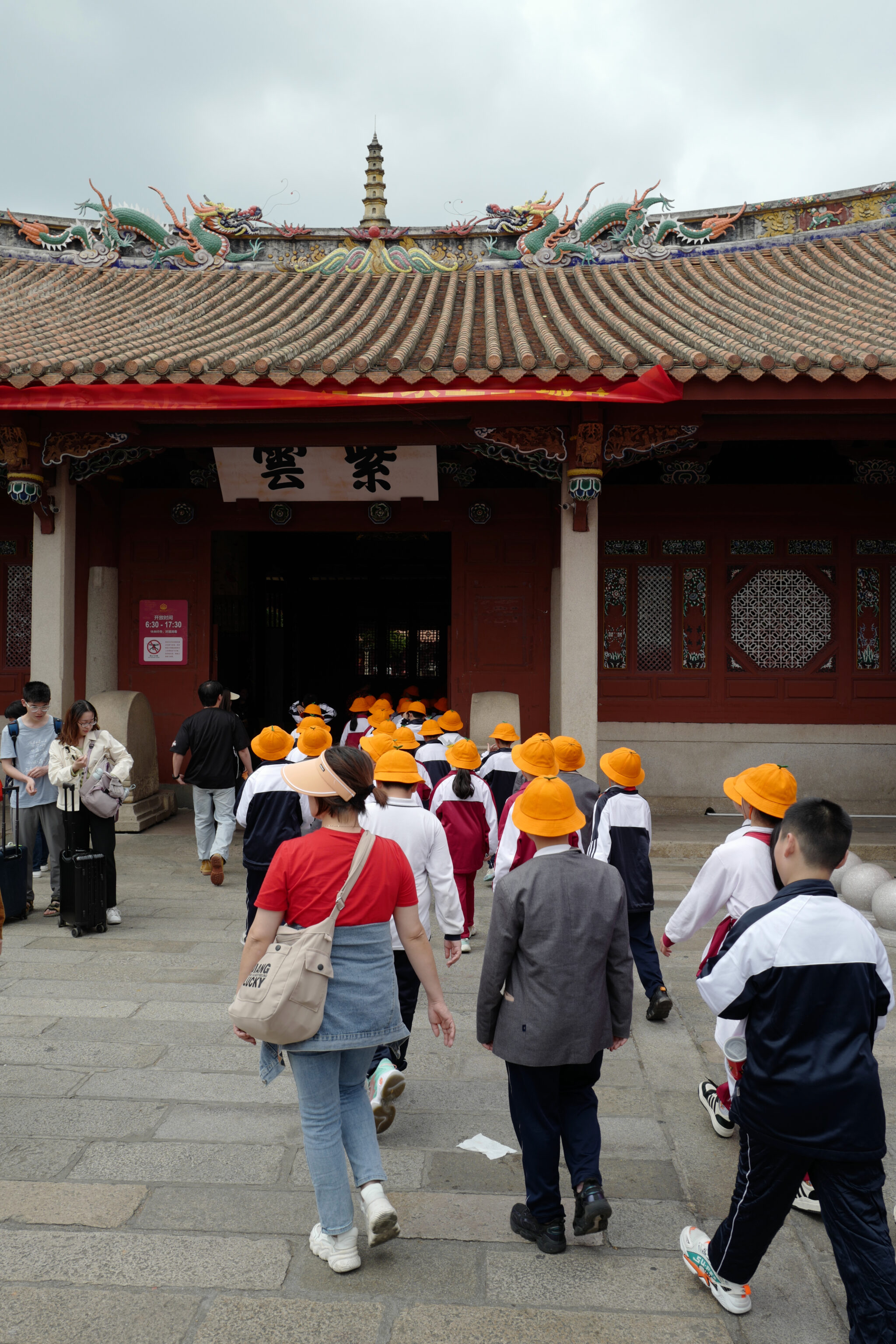
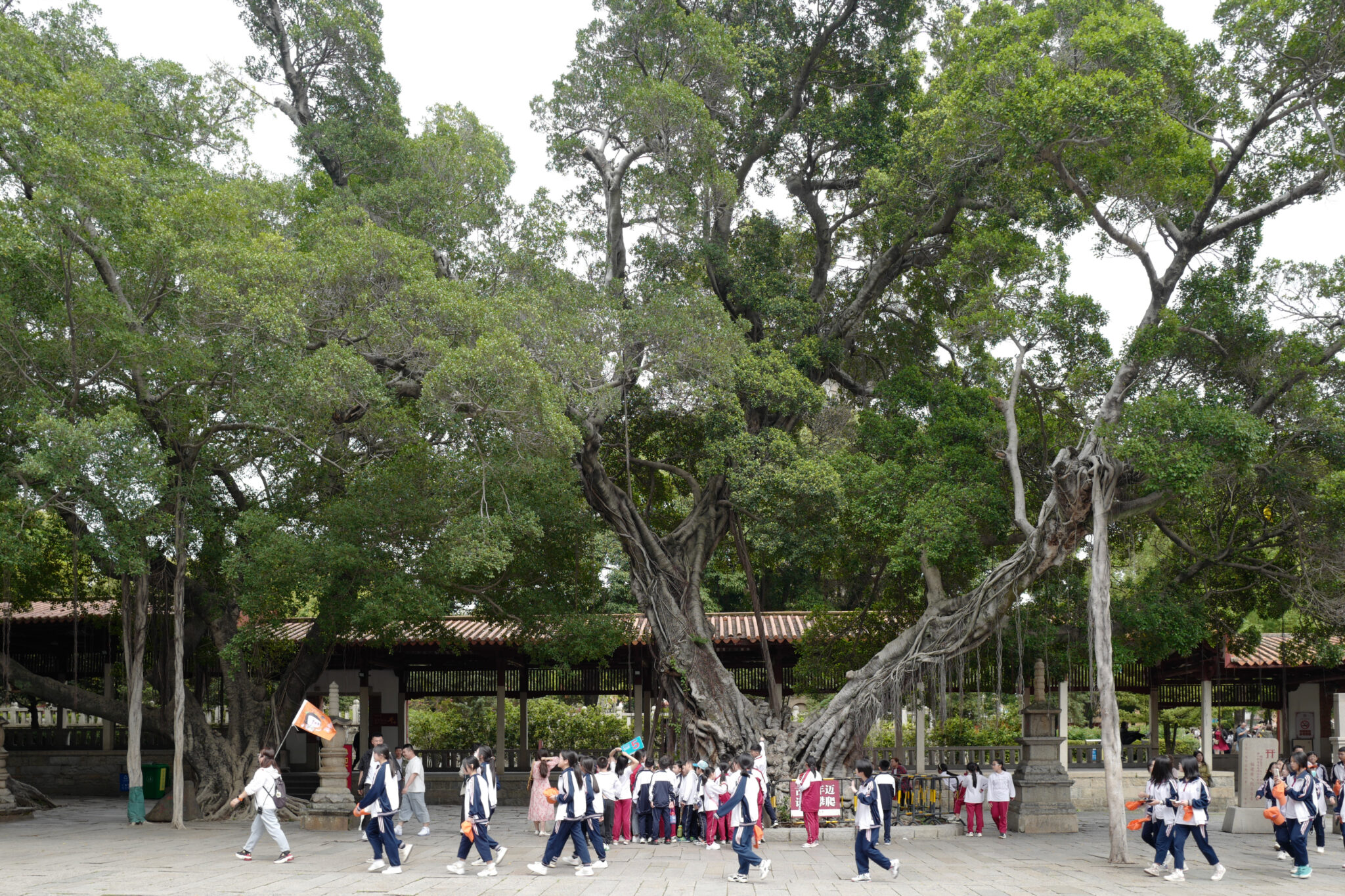
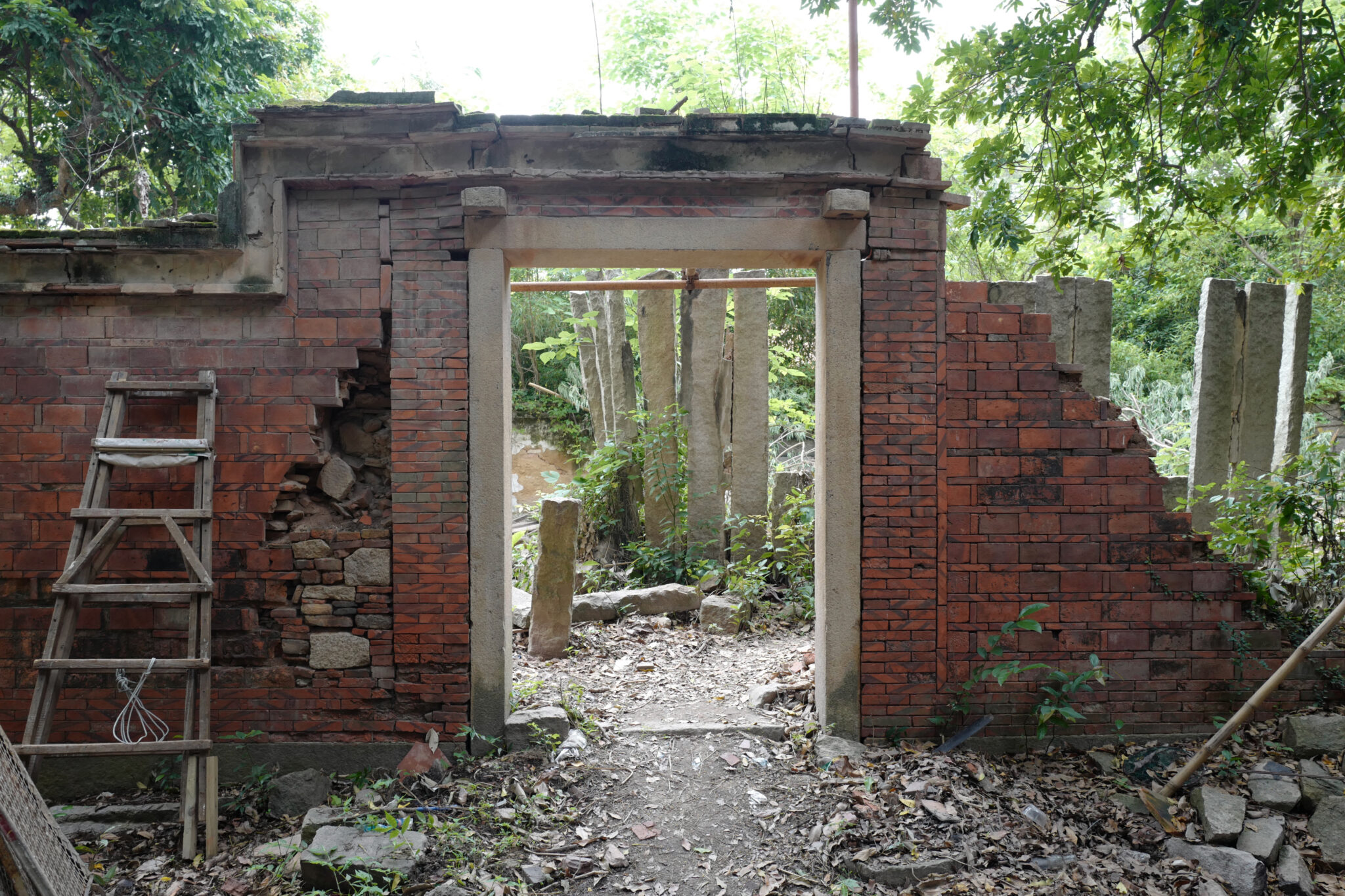
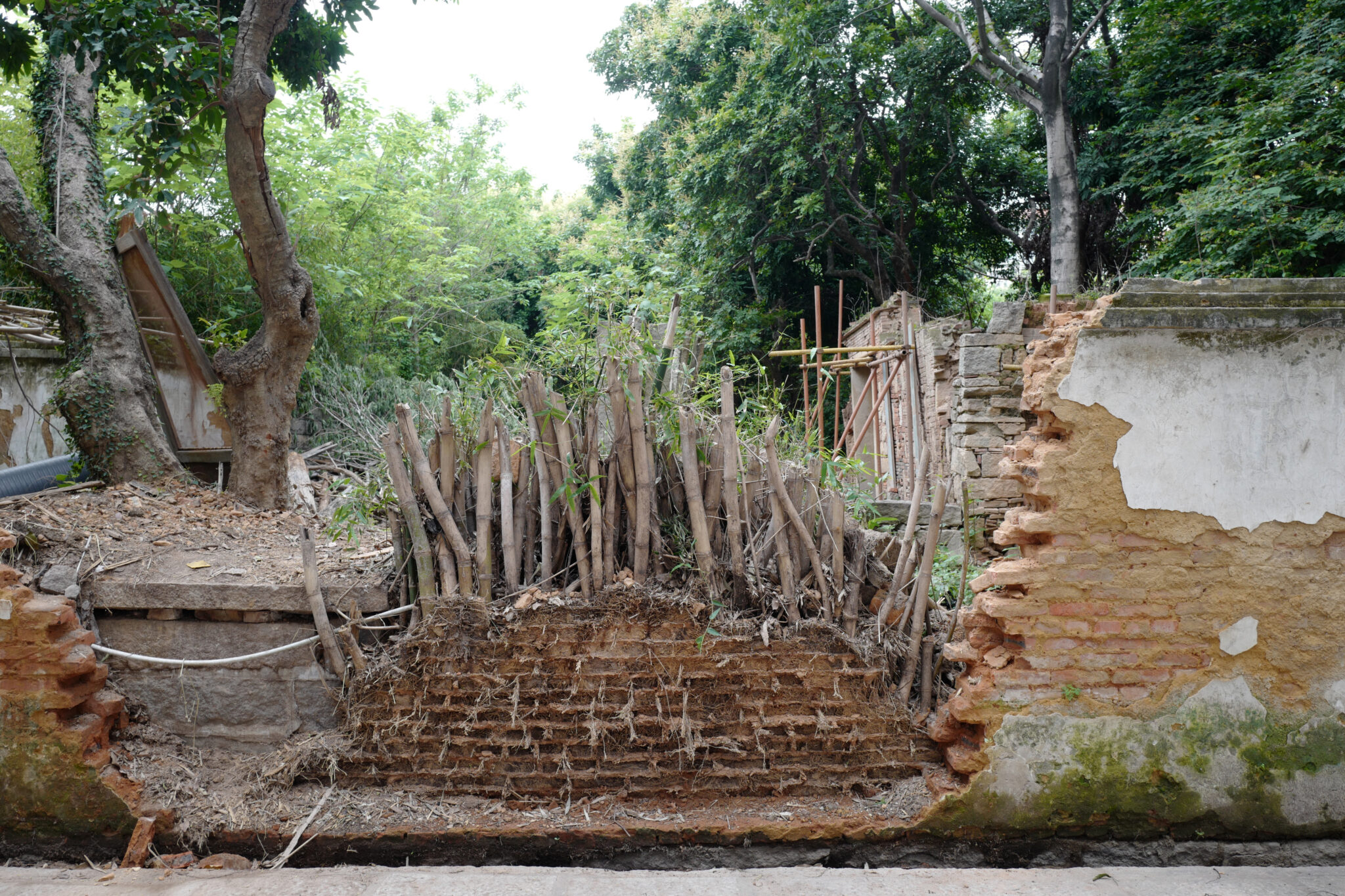
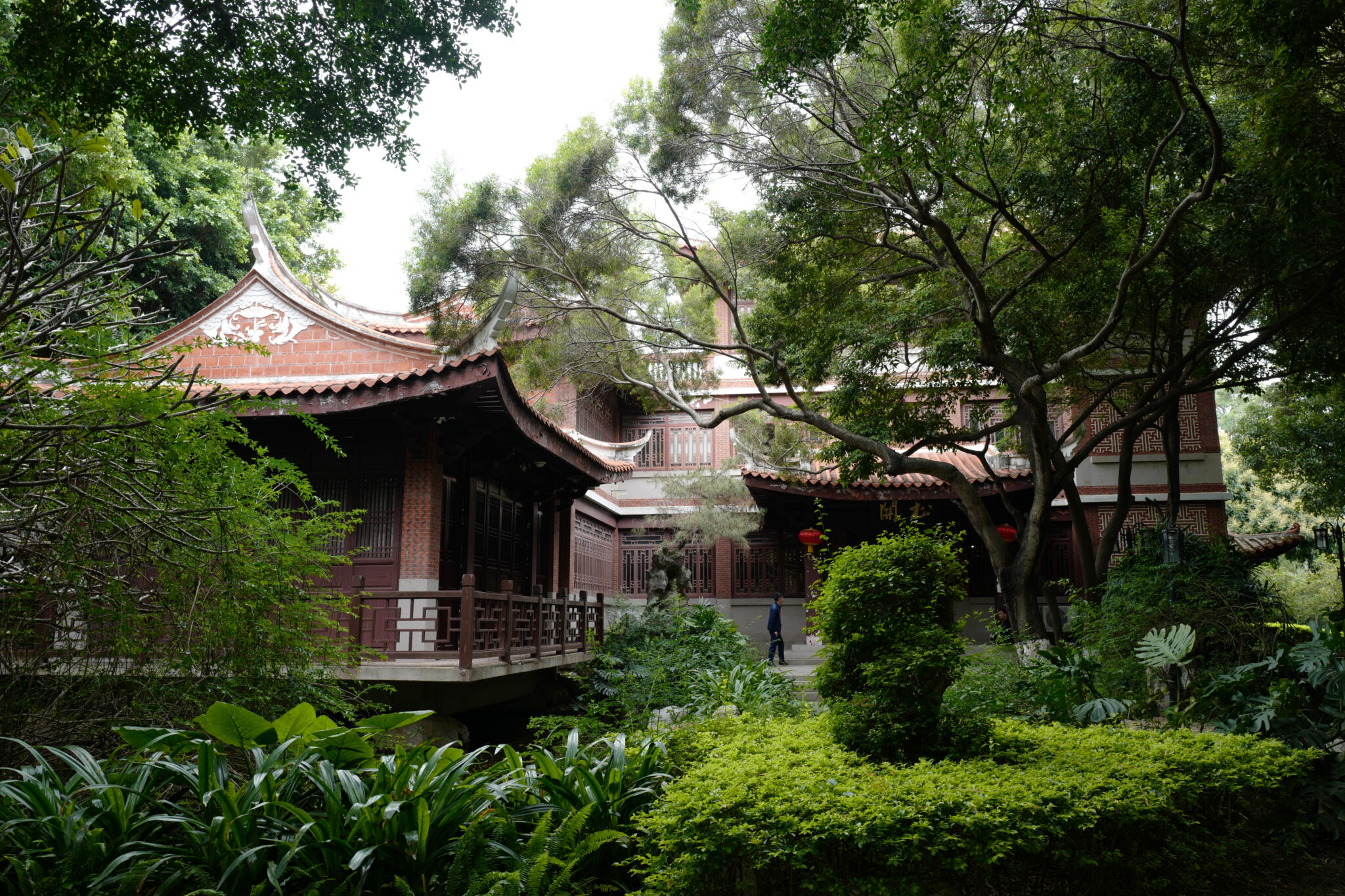
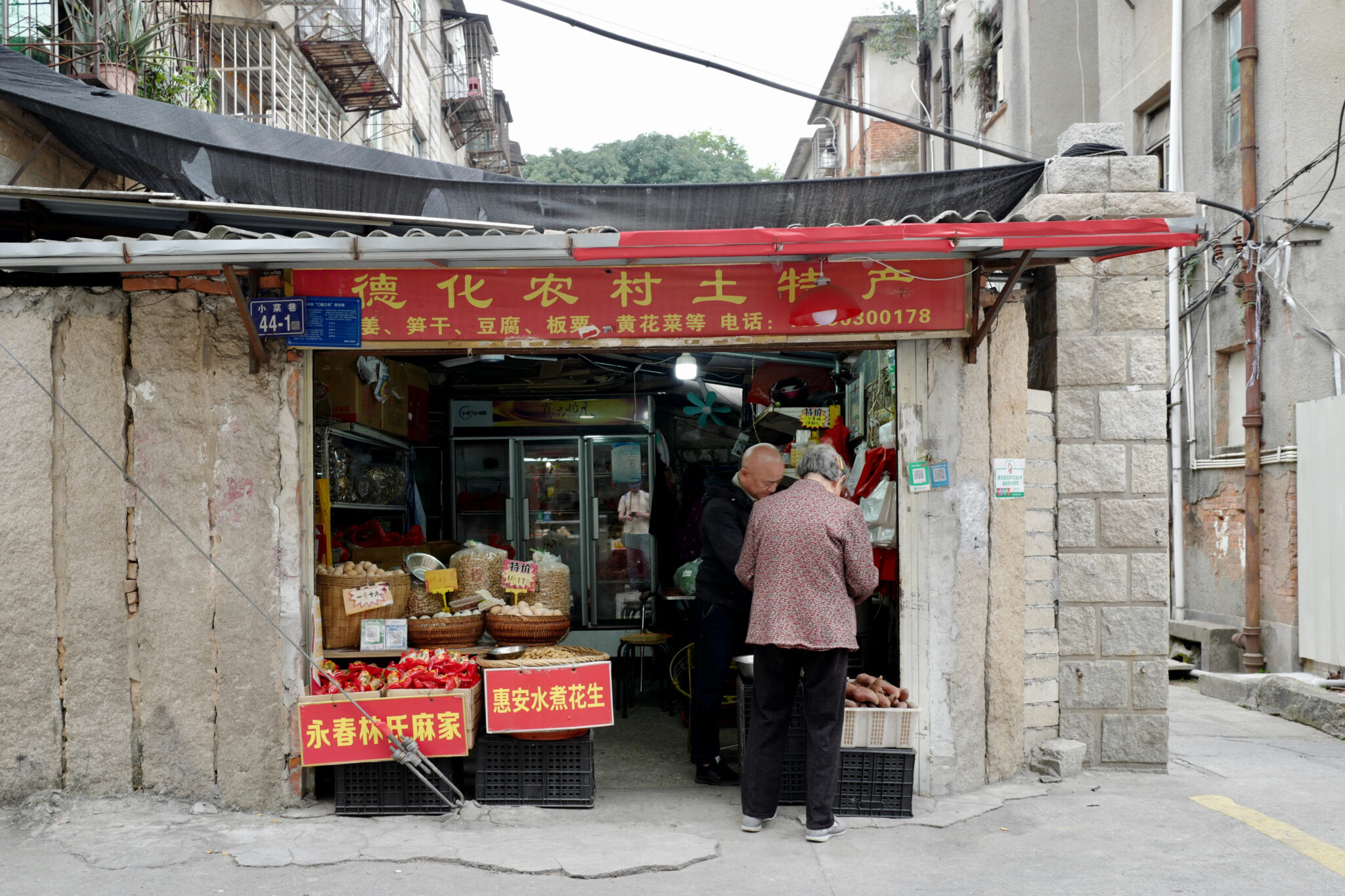
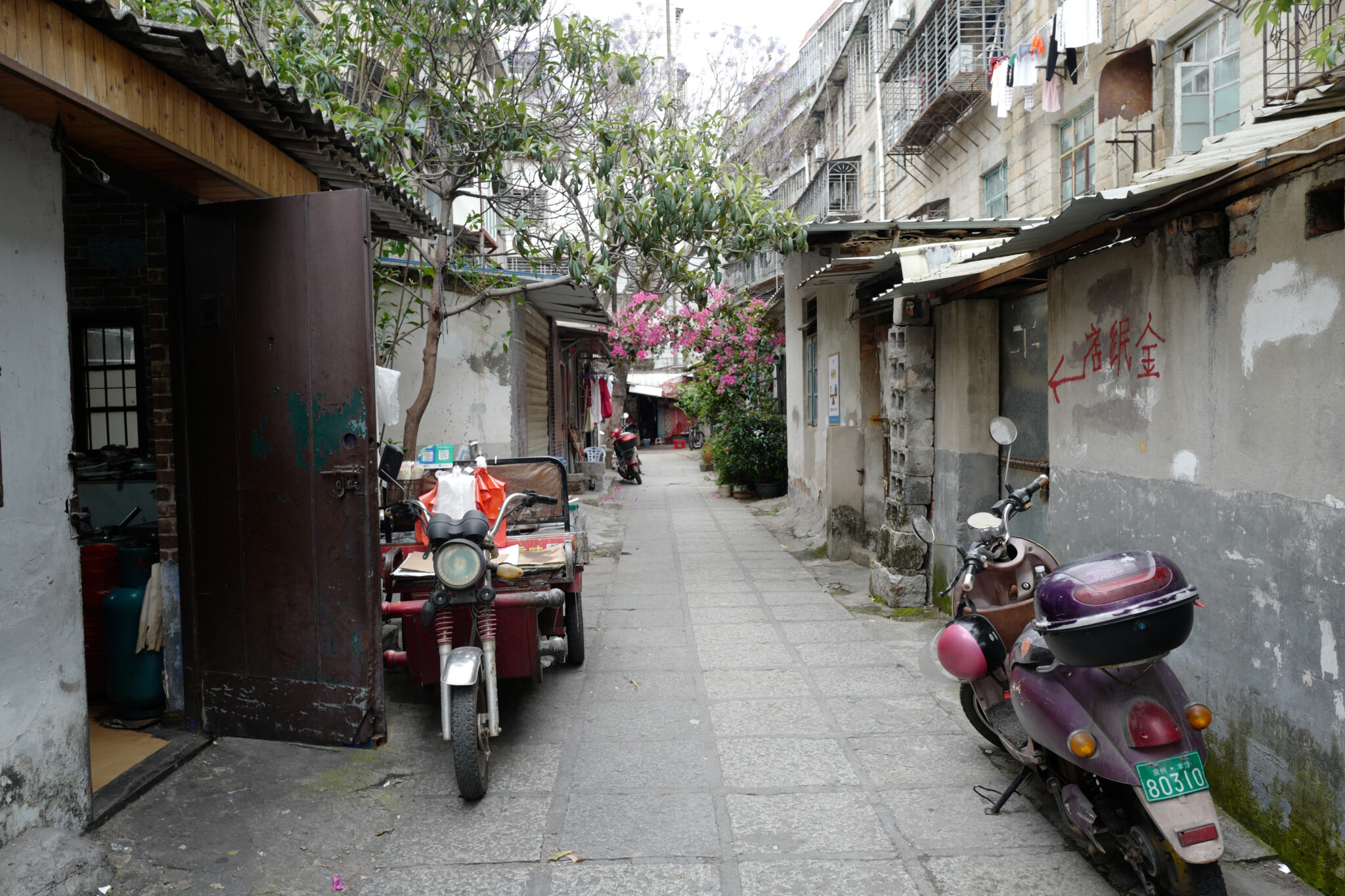
To learn more about the history of Quanzhou it’s well worth visiting the Maritime Museum (泉州外海交通史博物馆) which is free to enter. The Islamic Culture Exhibition Hall (泉州伊斯兰文化陈列馆) beside the museum is also worth a look.

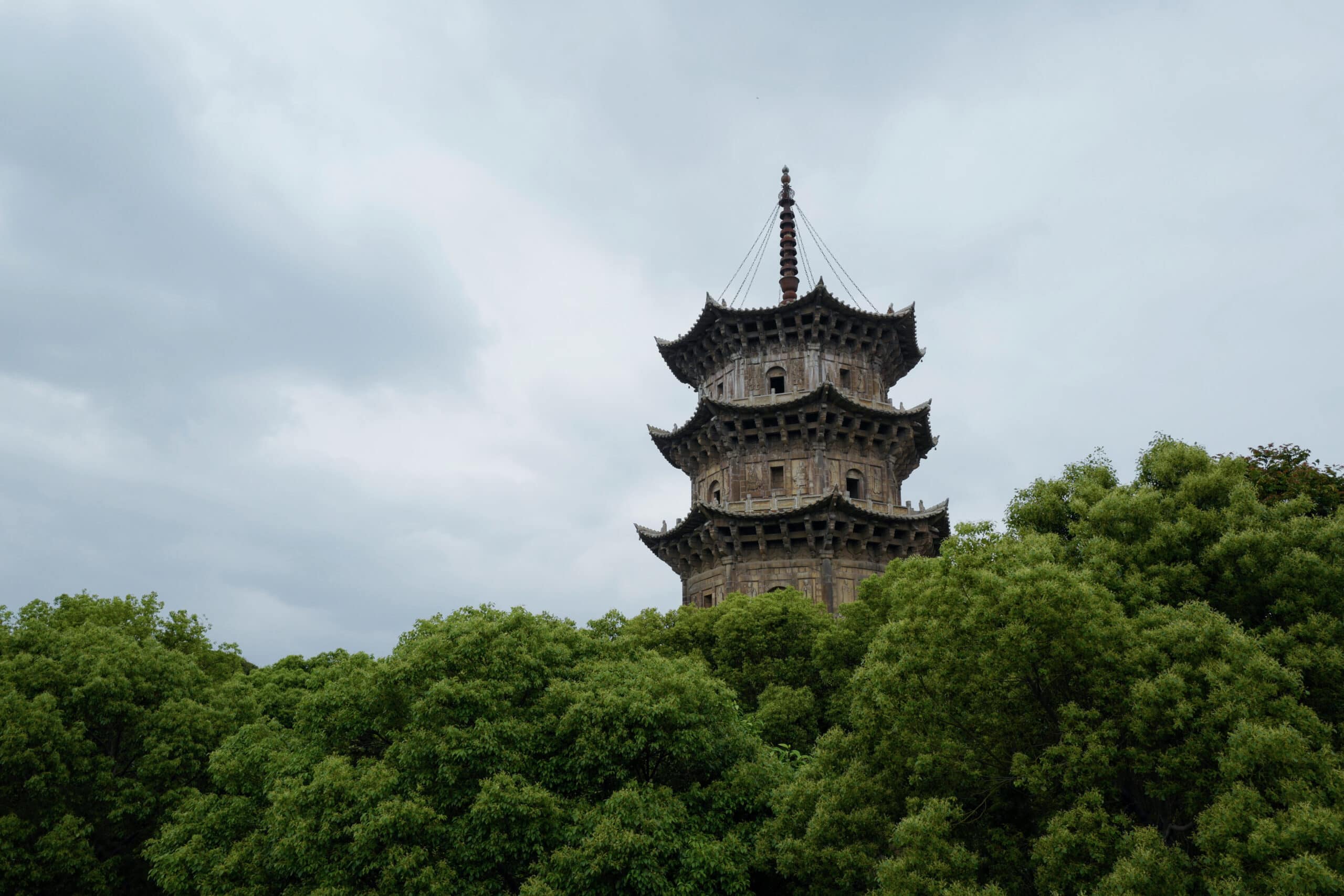
Reply